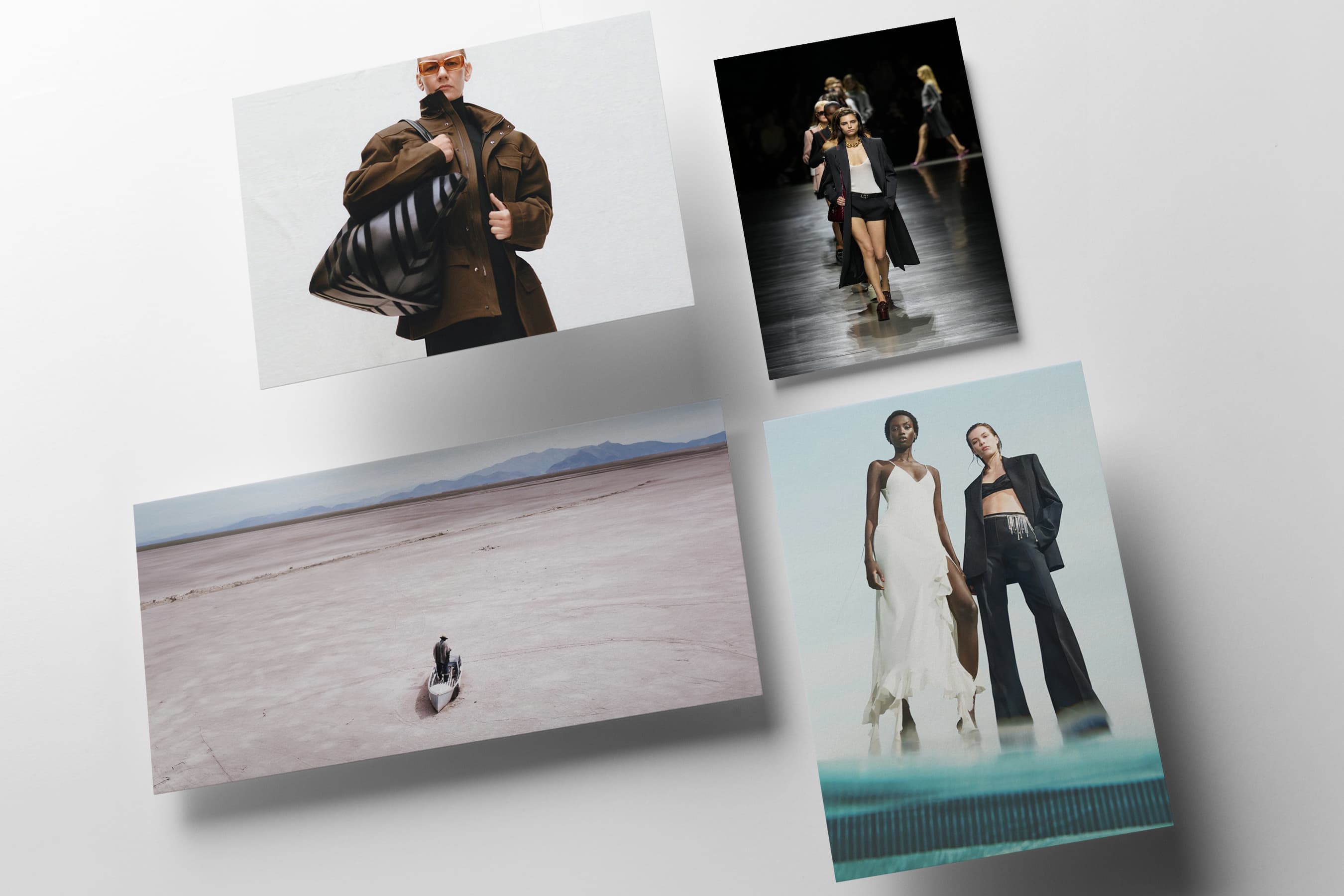How Radicalism and Realism Can Set Luxury Fashion on a Path to DeGrowth
By Angela Baidoo
Since the word Degrowth was introduced into the fashion lexicon, very little has shifted with the traditional fashion model. Not a global pandemic, humanitarian disasters, or legislation have moved the dial to change working practices across the supply chain, reduce production volumes or shift brands away from employing cheap labour.
Taking a pragmatic look at the industry-at-large, consideration needs to be paid to all the various moving parts before an honest conversation can be had around how to implement the concept of shrinkage over growth. Such as a responsibility to meet the expectations of shareholders and investors, the employees who work across retail stores and head offices, and those who produce the clothes we wear every day, before we start to look at how fashion can shrink to fit into a better, more sustainable model. But to ignore the problem is to risk being left behind or facing obsolescence in the future. As the author of Reimagining Luxury, Diana Verde Nieto noted:

“Companies under-investing in sustainability today are at risk of very fast approaching obsolescence. ‘Right now, there are so many companies that are about to be Nokia, but they don’t know it yet”
Diana Verde Nieto, speaking to strategic foresight consultancy The Future Laboratory for the Practical Paths to Planet Positive Luxury report.
No one is arguing that the need for change is not pressing, as fashions impact on the climate and those who live in the Global South – who are disproportionally affected by climate change – has been widely reported. But, as pressure is continuously applied from all sides by activists, lawmakers, and consumers who are pushing for significant changes, now should be used as a transitional period, rather than a complete stop to all activity. Allowing for the introduction of new systems amidst the old ones.
Now is a time to start planning how to move forward with the concept of degrowth, without completely bringing the fashion industry to a halt and hitting reverse. To start, implementation can be thought of in terms of Radicalism Vs Realism i.e. learning from, supporting, and offering financial incentives to those brands and designers who are at the start of their journey. Empowering those who can shift gears much more efficiently, and who can educate on creating low environmental impact from concept to creation – the radicalism part. While working with much larger, established entities to work out where the most impactful change can be made in their organisations. Whether in the sourcing of regenerative materials, sharing resources and suppliers via cross-collaboration, or a focus on setting and maintaining fair wages and ethical working standards within their supply chains – the realism part. As these brands will have the leverage to make the change necessary to inspire a mass movement, which can then filter down to the rest of the industry.
Taking the concept of degrowth and how it can apply to fashion, what are the ways the industry can slow down and reduce, de-emphasise success as equal to continued growth, and shift investment into new brand narratives that focus on experiences (versus consumption) which drive revenue to protect the bottom line?
Index
- What is Degrowth and Where Are We With It Now?
- Addressing the Imbalance
- Reverse Engineering Desire
- Is Growth via Product the Only Marker of Success?
- Radical Vs Realism, How Can the Fashion System Change?
- How Can Degrowth be Implemented in a Transitional Way?
What is Degrowth and Where Are We With It Now?
Degrowth, as radical a concept as it is, has been around since its birth in the 1970s, when the term was coined by Austrian-French philosopher André Gorz in 1972. In simple terms it proposes the idea of shrinking economies rather than growing them, in order to decrease the global consumption of the worlds finite natural resources. There is even a day set aside to mark it as Global Degrowth Day occurs on the first Saturday in June every year.
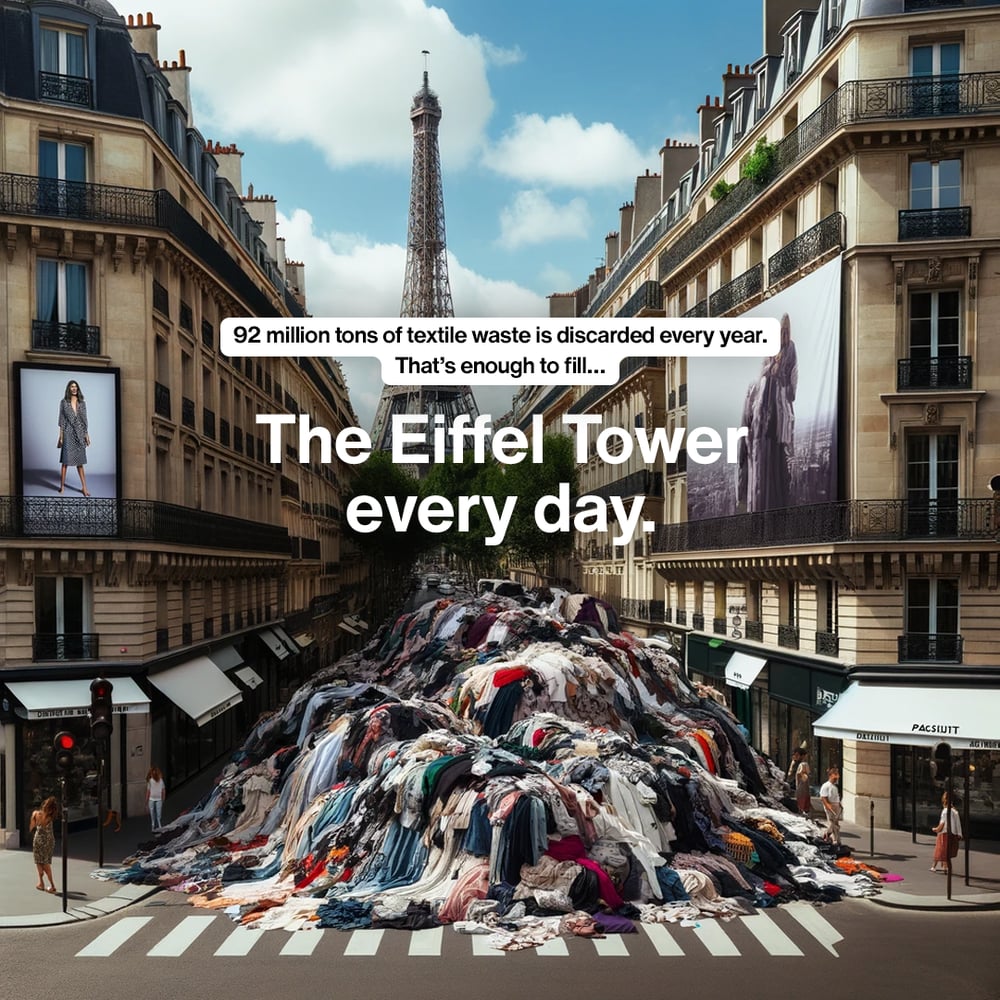
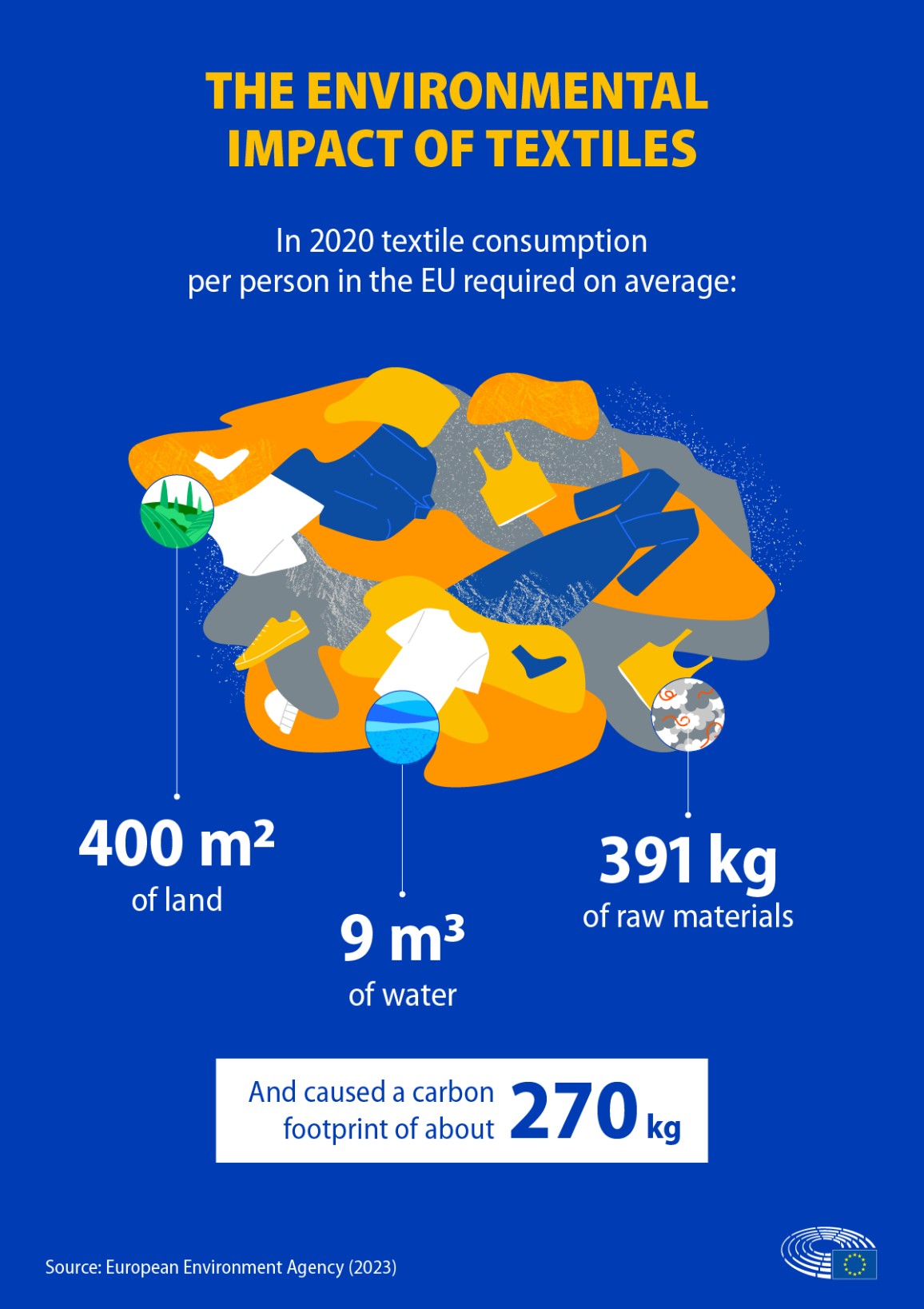
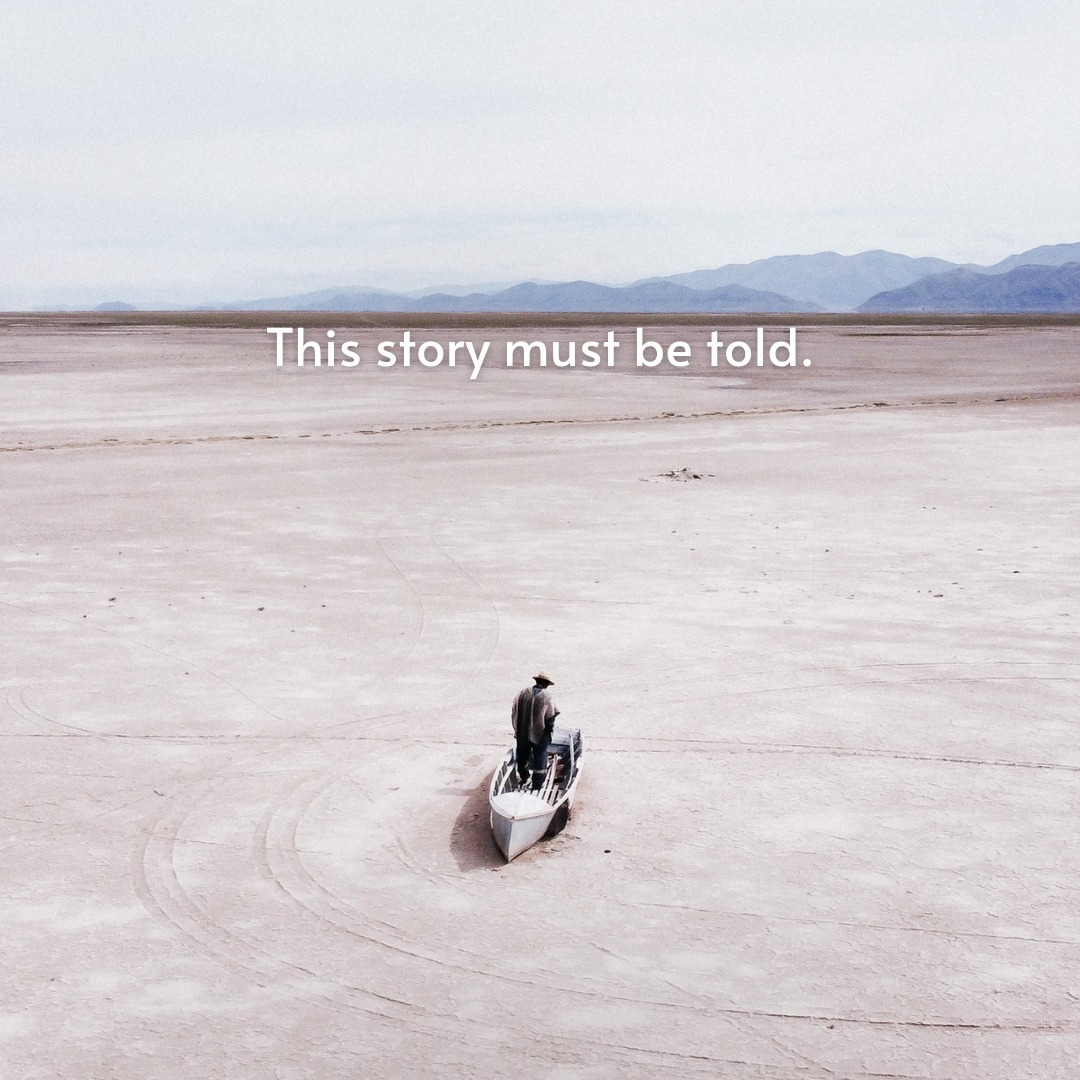
Tracing the history of consumerism and why degrowth is emerging as one of the most viable solutions, you have think back to when economies started to grow out of control in the 17th and 18th centuries. As many regions in the Global North increased in prosperity driven by technological innovations. This expansion helped to develop, among other things, opportunities for wealth creation, better quality of life, and raised living standards. This led to retail analyst Victor Lebow observing in 1955:
Our enormously productive economy demands that we make consumption our way of life, that we convert the buying and use of goods into rituals, that we seek our spiritual satisfaction in consumption…we need things consumed, burned up, replaced and discarded at an ever-accelerating rate.”
Victor Lebow, Retail Analyst
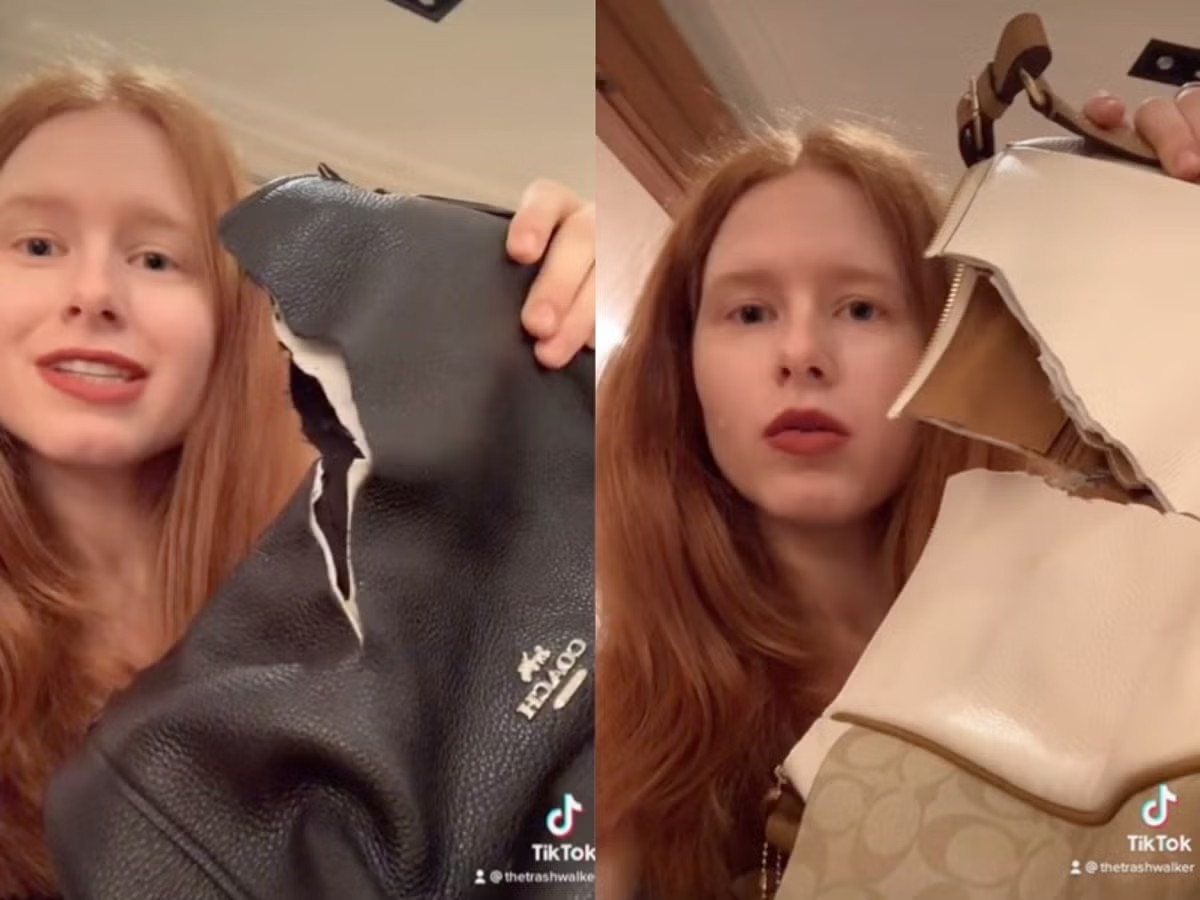
And from the invention of advertising to the television, the mobile phone to social media, ordinary people have been indoctrinated into a life of consumerism. Buying products which (in some cases) will ultimately break down as the practice of designing with ‘planned obsolescence’ in mind has become common place as a business strategy.
Slowing down will inevitably be a hard sell, as it indicates that there is enough ‘stuff’ in the world, and the consumer can take a break from consuming and learn to be content with what they already have. But if anything, the opposite has proven to be true in the 20th century as brands have become faster and bigger, marketing slicker, and the consumers desire for the next new runway collection, smart phone, or miracle beauty product is yet to peak.
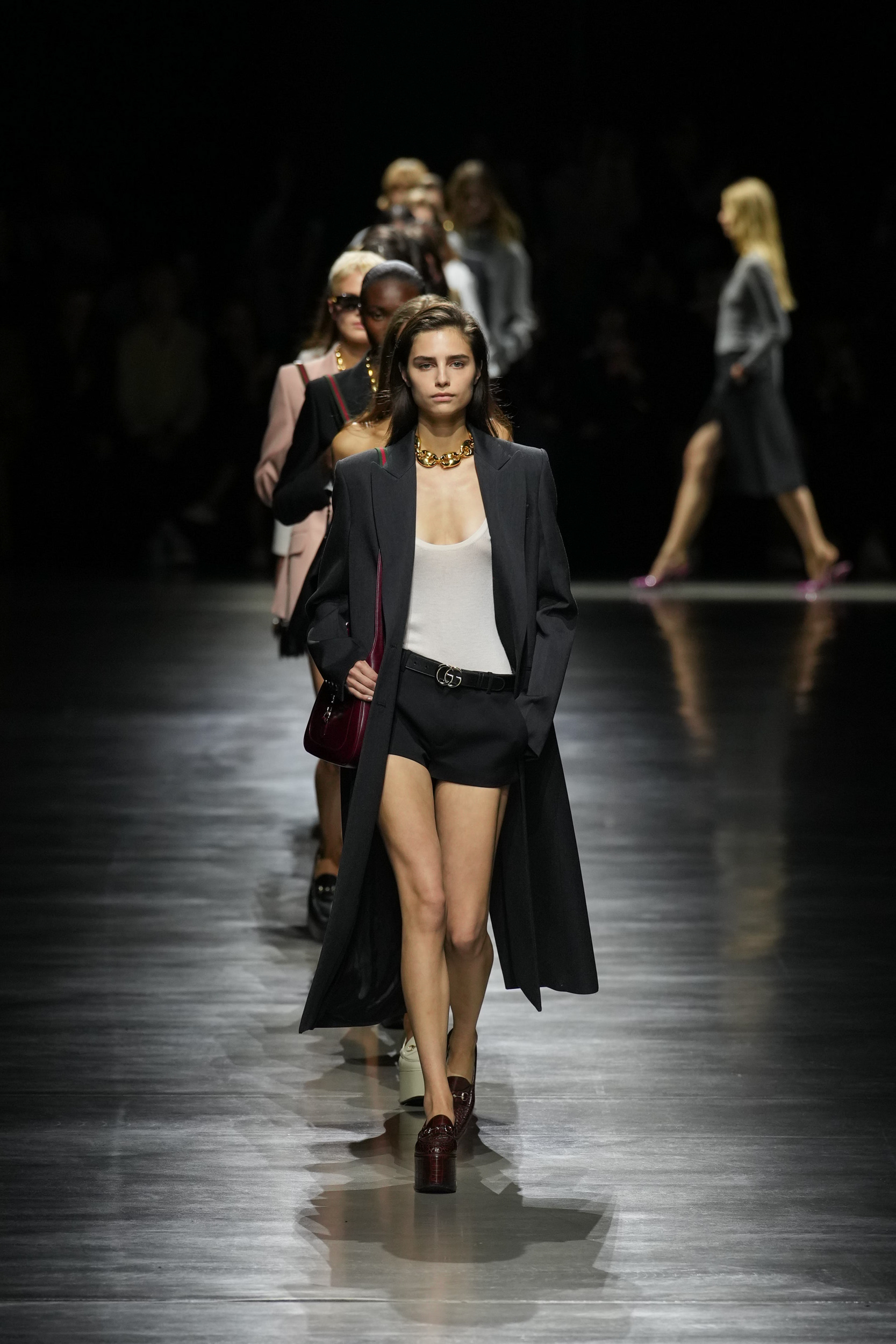
The consumer still has the desire to consume, but where the idea of degrowth can truly come into its own – within luxury fashion – is in shifting that desire towards other forms of brand exchange outside of physical product purchases. From tailored experiences in-store, to beauty treatments, business conferences or culinary immersions.
Addressing the Imbalance
What has to also be responsibly addressed in the need for degrowth is that there is an imbalance in the call for shrinking economies across all regions. As the majority of those who live on less than $30 per day (85% of the world according to data from the World Bank Poverty and Inequality Platform) live in countries that will need their economies to grow in order to increase their income levels and fight inequality. This is something which can still be achieved with a degrowth model in the Global North, if fashion brands looked to produce less, but paid fairer wages to workers as part of their ESG strategy. Helping to increase the average income and economic growth of the countries that produce the majority of the fashion products consumed on a daily basis.
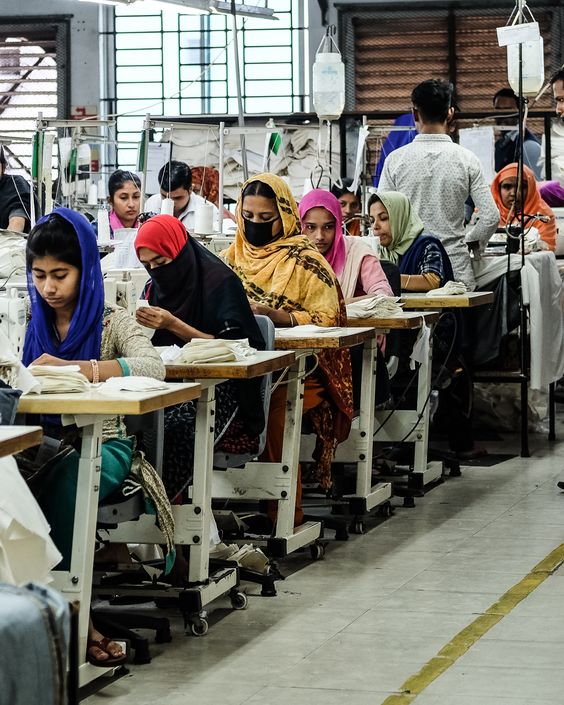
If by degrowth we mean the production of less, but higher quality products, it means raising the standards of work and care through each step of the supply chain. Improving working conditions and production processes… It is taking care of the workers and the planet and not producing without considering the human and environmental costs of the output first. “
Olya Kuryshchuk, Founder and Editor-in-Chief, 1 Granary
It is very much a chicken and egg situation when we ask the question of where the pressure to produce derives from. Is it the customer demanding newness every month (week, day, minute) to meet an insatiable need to perform for social media, or more concerningly out of boredom or entertainment? Or is it the industry which has created a rod for its own back, requiring two main collections and two pre-season collections? Tailored capsules for Lunar New Year, Ramadan, the Holidays, and Earth Day. And exclusive edits and collaborations such as Mango x Victoria Beckham, H&M x Rokh, Jean Paul Gaultier x Shayne Oliver Group, The Frankie Shop x Moda Operandi, Stella McCartney x Saks and Puma x ASAP Rocky to name just a few from over the last year. Add in the push for revenue diversification with ongoing entry into new markets – food, hospitality, real estate, entertainment – and you have the current blueprint of a seemingly runaway industry which can’t be stopped without significant fall-out.
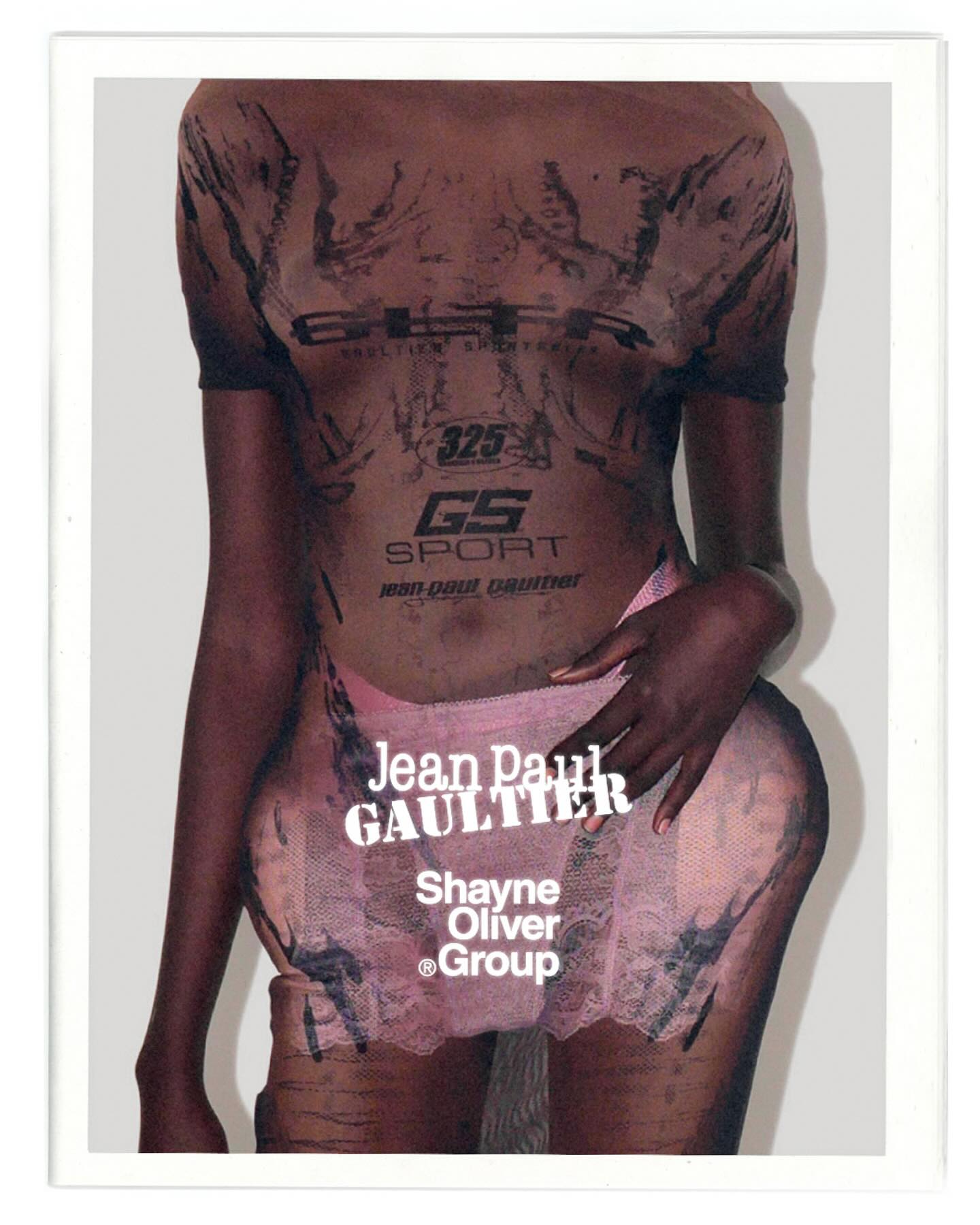
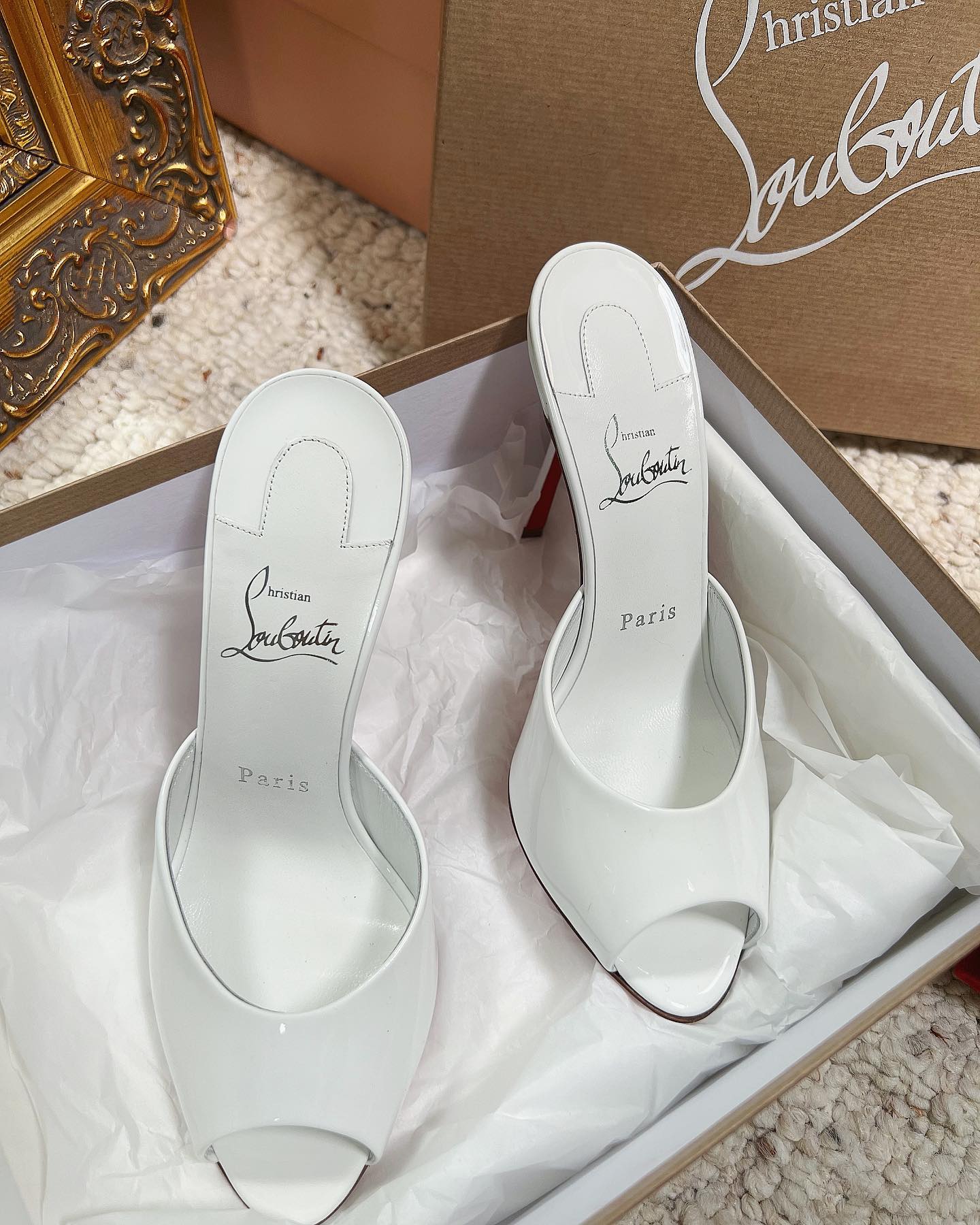
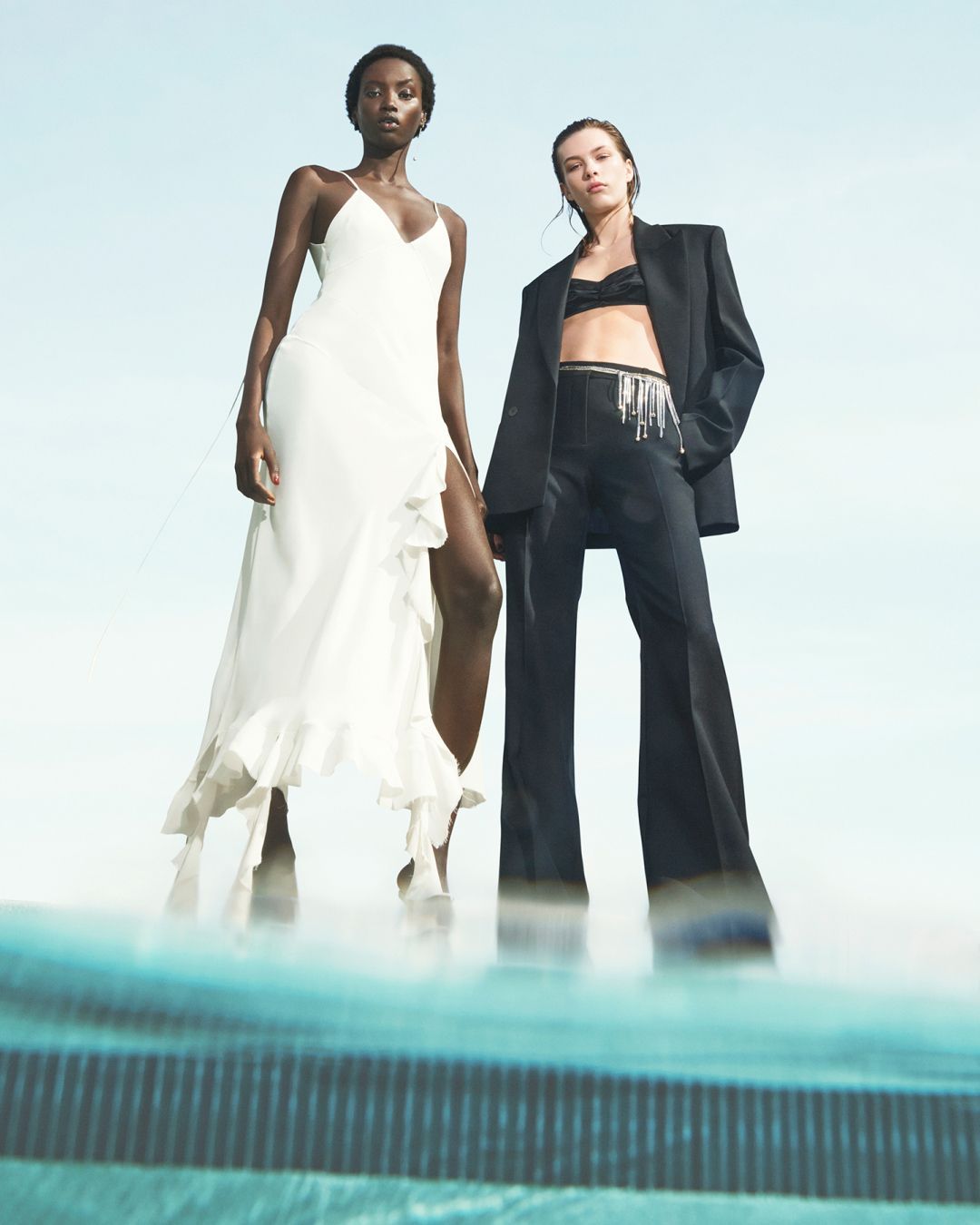
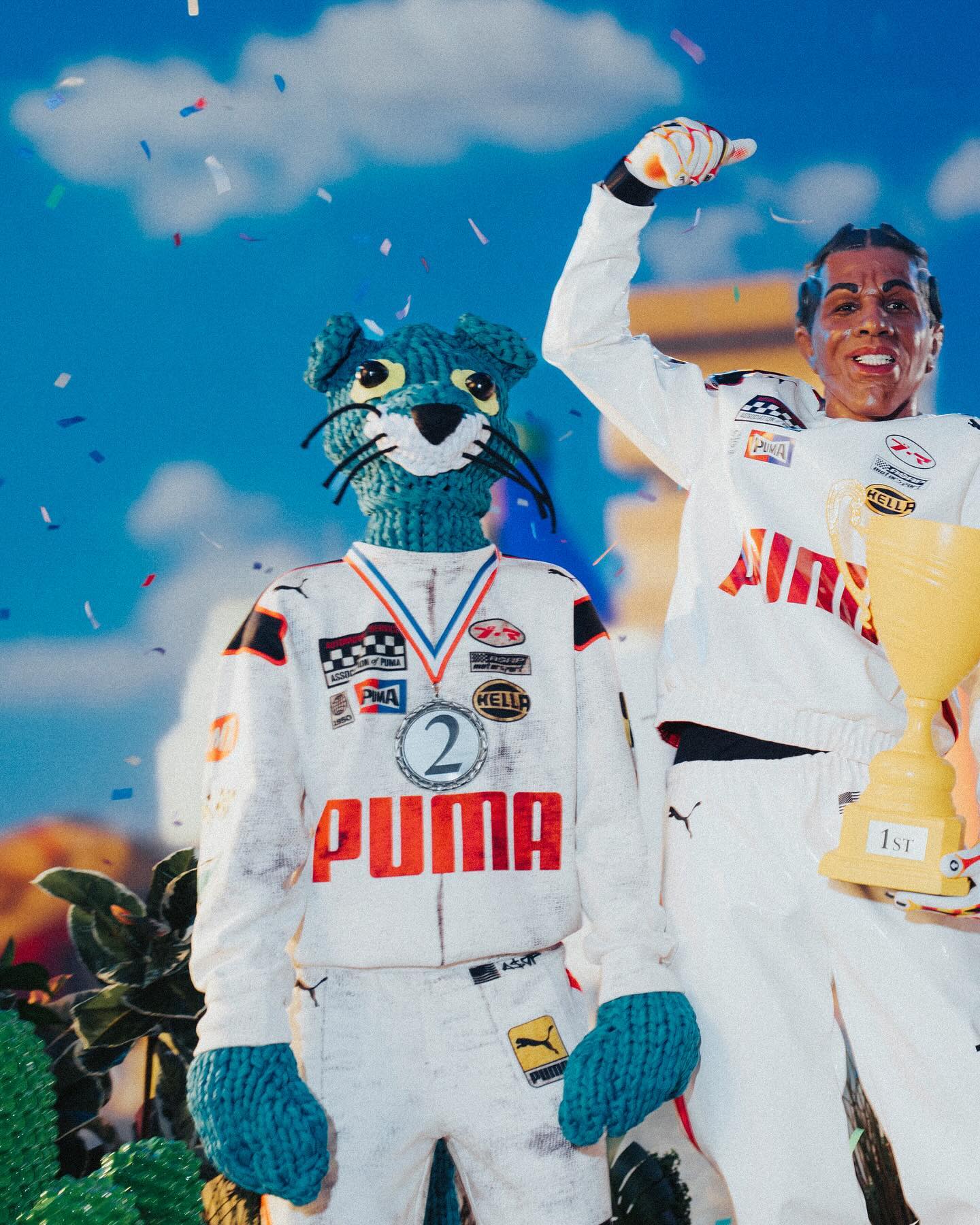
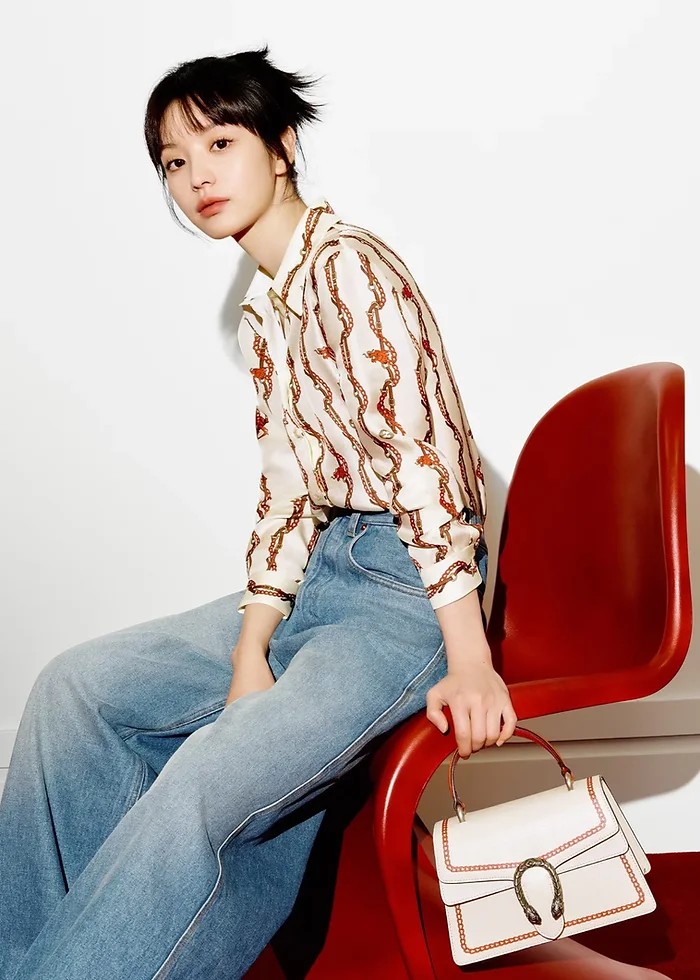
In amongst the doom-mongering, there are green shoots of change growing amidst this chaotic system. As we have seen luxury brands launching with a focus on fewer collections per year, with an eye to produce and become known for timeless quality products. Brands such as Phoebe Philo’s namesake label that marked her long-awaited return to the industry. Utilising a test-and-invest strategy of producing a limited number of products to gauge customer demand. Dropping as edited delivery’s throughout the year, and not according to the traditional retail calendar.
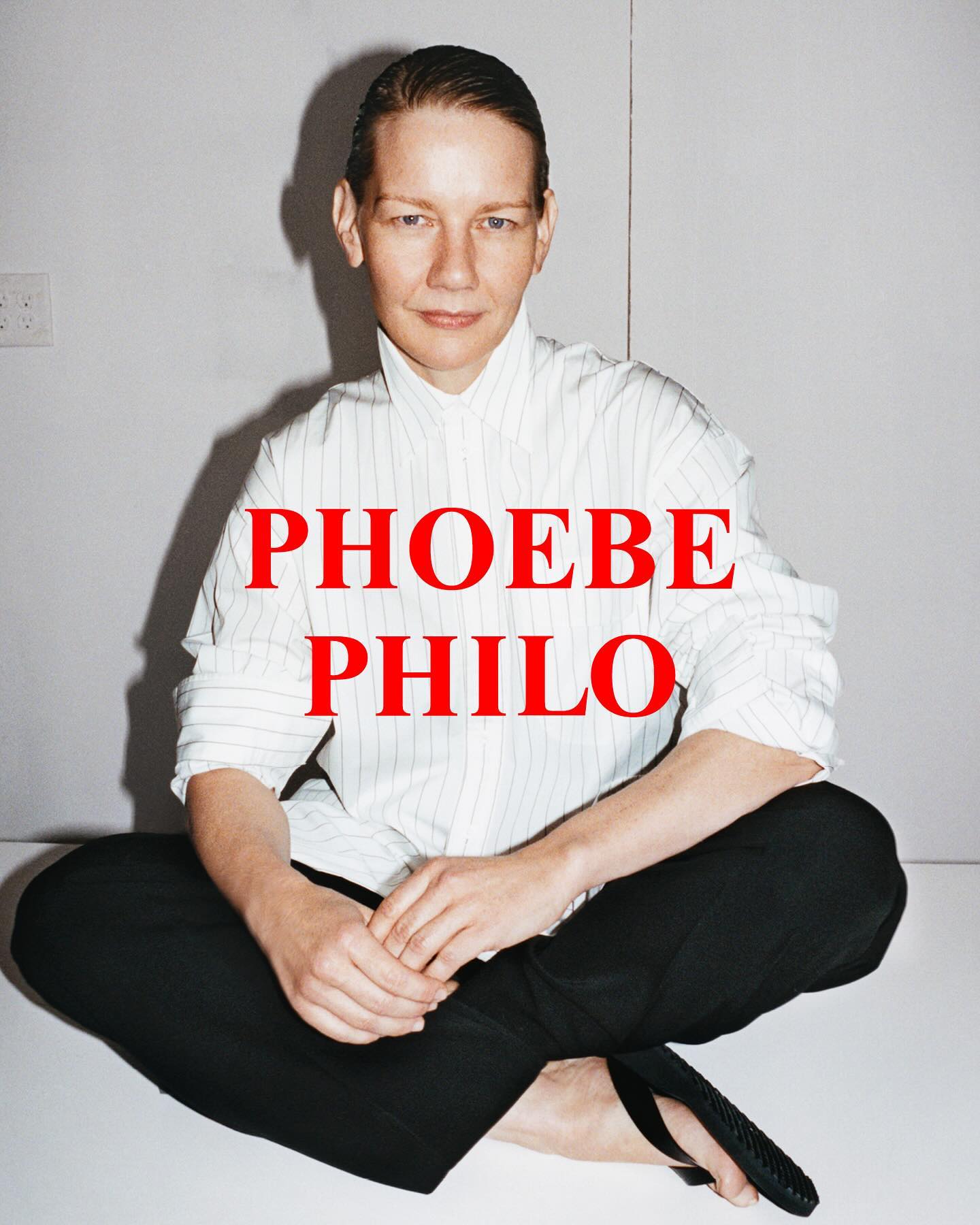
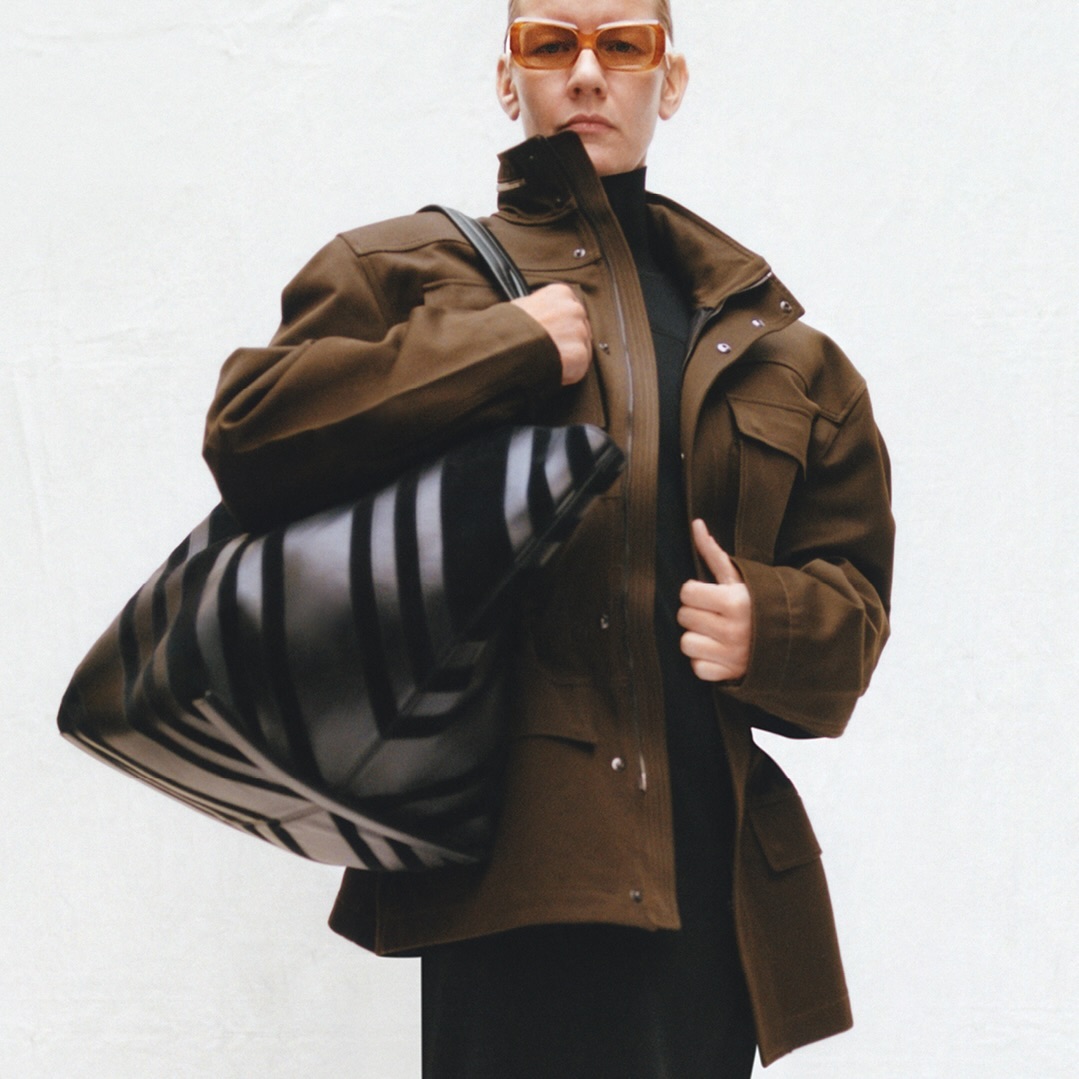

There are also designers who are focussed on creating modular wardrobes for their customers, such as Marfa Stance, LR3 by Louis Rubi, Konundrum and Sofia Ilmonen, who are encouraging the mantra of buying better and only what you need, while providing adaptable systems or repair services to allow for their products to remain in the eco-system for longer. Providing an innovative new way for others to think about how they build their brands around fewer products and re-educate their customer to not just buy less, but smarter.
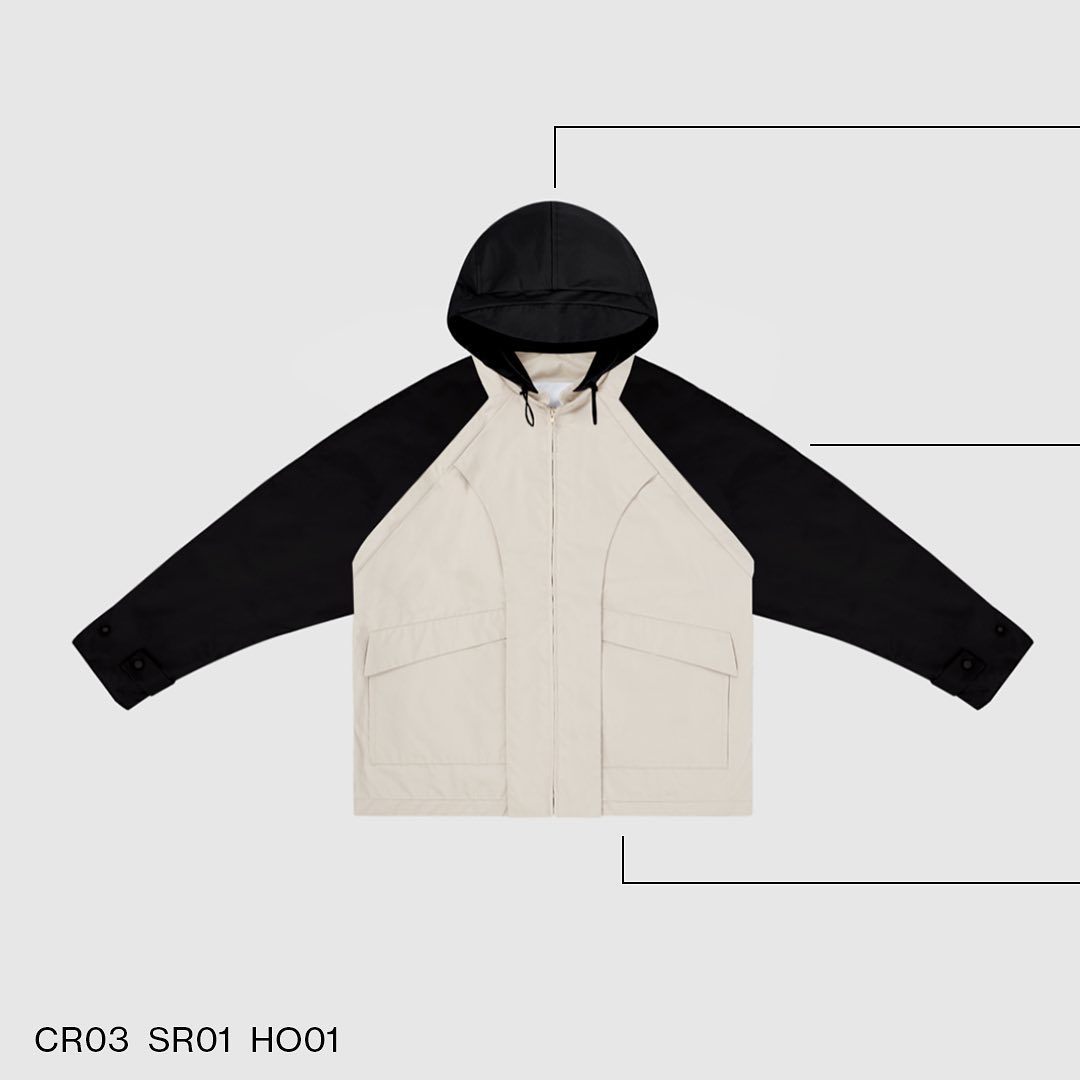
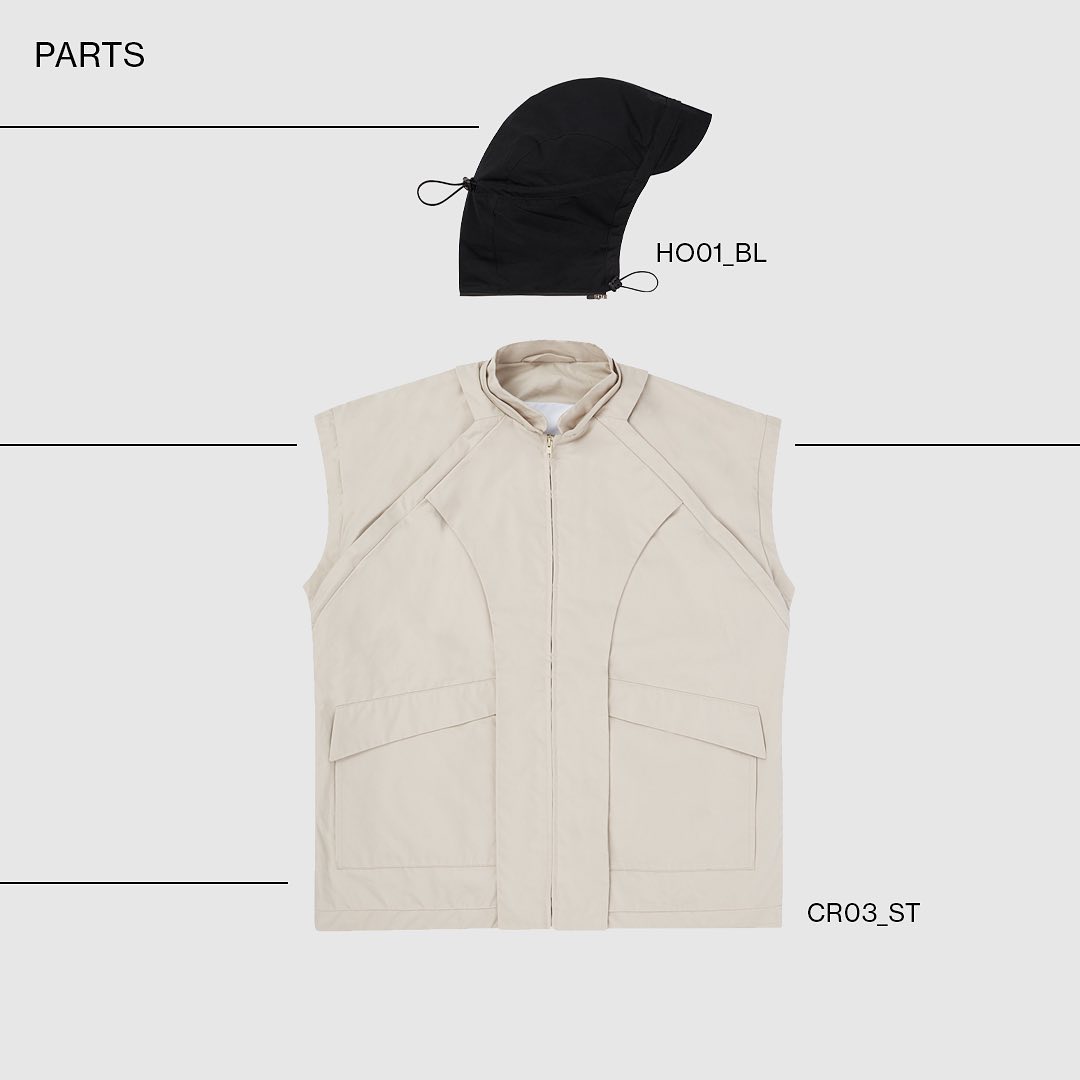
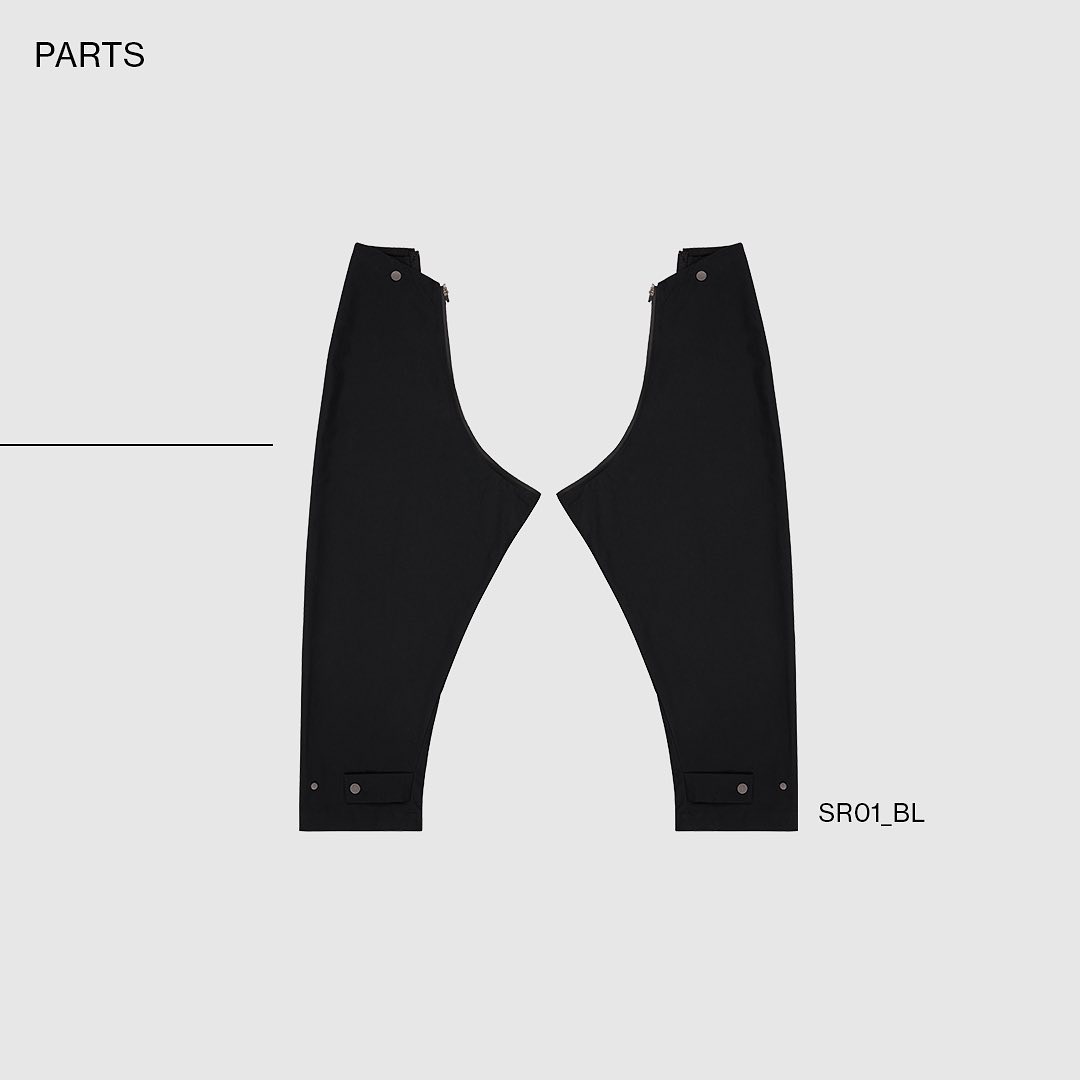




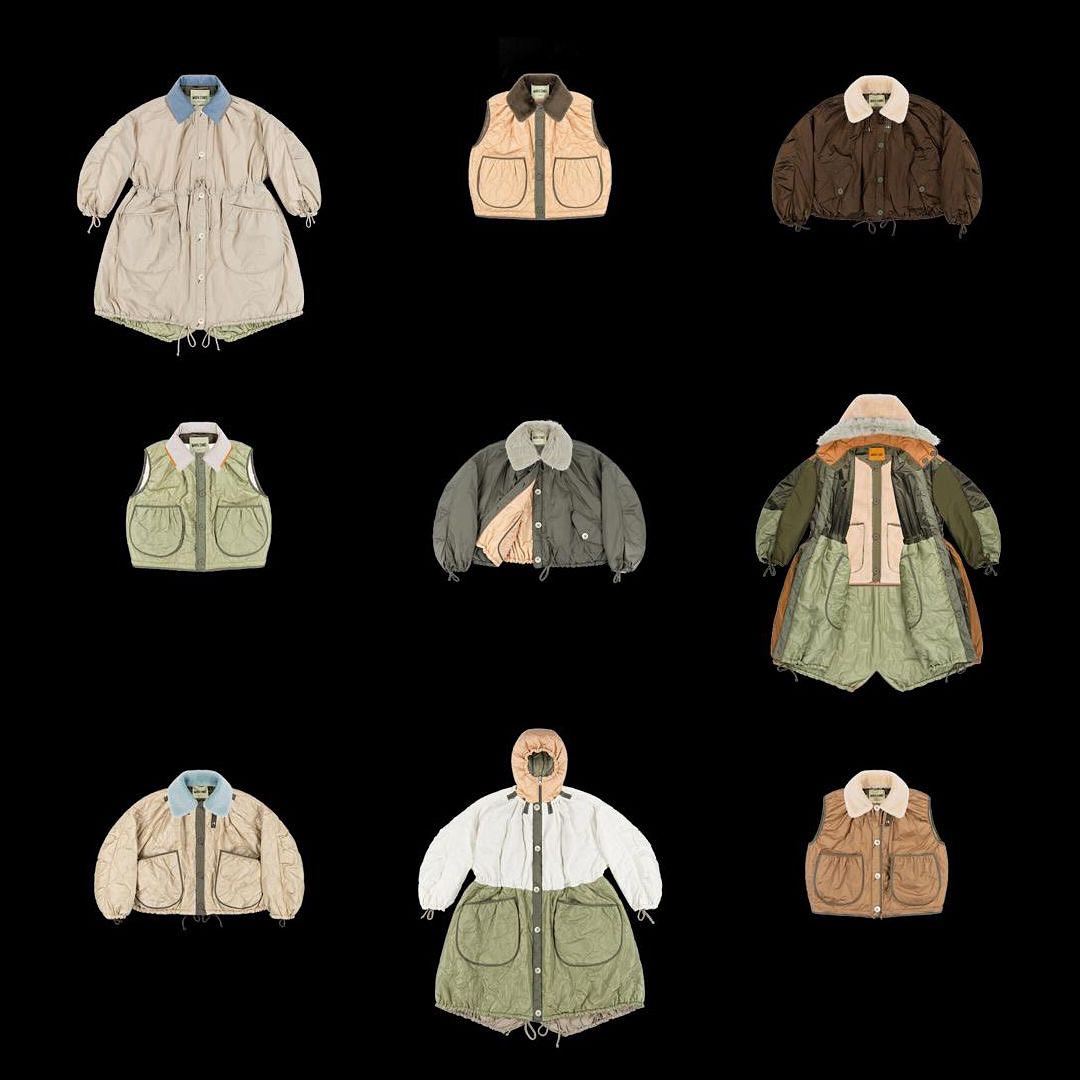

“As an example of an independent emerging brand, Paolina Russo follows a degrowth-centered way of working. The Paolina Russo team has made their supply chain part of their creative process and does not produce items without first defining their footprint and impact. They engage in sustainable innovation and experimentation and are focused on developing a more controllable ecosystem around their business away from the illusions of fast growth.”
Olya Kuryshchuk, Founder and Editor-in-Chief, 1 Granary
By de-emphasizing growth and emphasizing change – or more realistically a shift in the right direction – there is the potential to course-correct, right-size, and set the fashion industry on a new path. A path which some brands may already be further along on, while others – who have to consider hundreds of moving parts – have yet to decide the best course of action to take. By meeting each brand where they are in the sustainability cycle, we can begin to bring viable ideas to the table which can be met with positivity rather than resistance.
Reverse Engineering Desire
Implementing real change via the degrowth model may hinge on the idea of preparation for said change, in order to allow brands to ready themselves for the opportunity of (if not wholesale, then) wider adoption of the business model.
Take the example of the electrification of the automotive industry which could be a case study for fashion to learn from. Bloomberg’s ‘Electric Vehicle (EV) Outlook 2023’ report highlights how road transport could evolve over the next 6 years suggesting that sales could surge from 10.5 million in 2022 to close to 27 million in 2026, with market share increasing from 14% (2022) to 30% (2026) across the US. China is predicted to surpass this figure with “EVs reaching 52% of sales”, with the Nordics coming out on top for wholesale adoption with 89% forecasted as their EV market share by 2030.
Prior to Elon Musk and Tesla entering the market, the desirability of owning an electric car, other than to be on the right side of the sustainability argument, was very low. Tesla helped to make the EV mainstream, not least for the fact that it was a viable alternative, more closely matching the specifications of gas-powered cars i.e. the original Tesla Roadsters electric motor produced 248 horsepower and went from 0-60mph in 3.7 to 3.9 seconds. But as with all transitional scenarios there will be teething problems, as is the case that in a number of markets the slow pace of building out the infrastructure of charging stations to meet the level of demand predicted, and to aid a smooth transition from gas to electric or hybrid, is likely to result in a faltering of widespread adoption in the short-term.
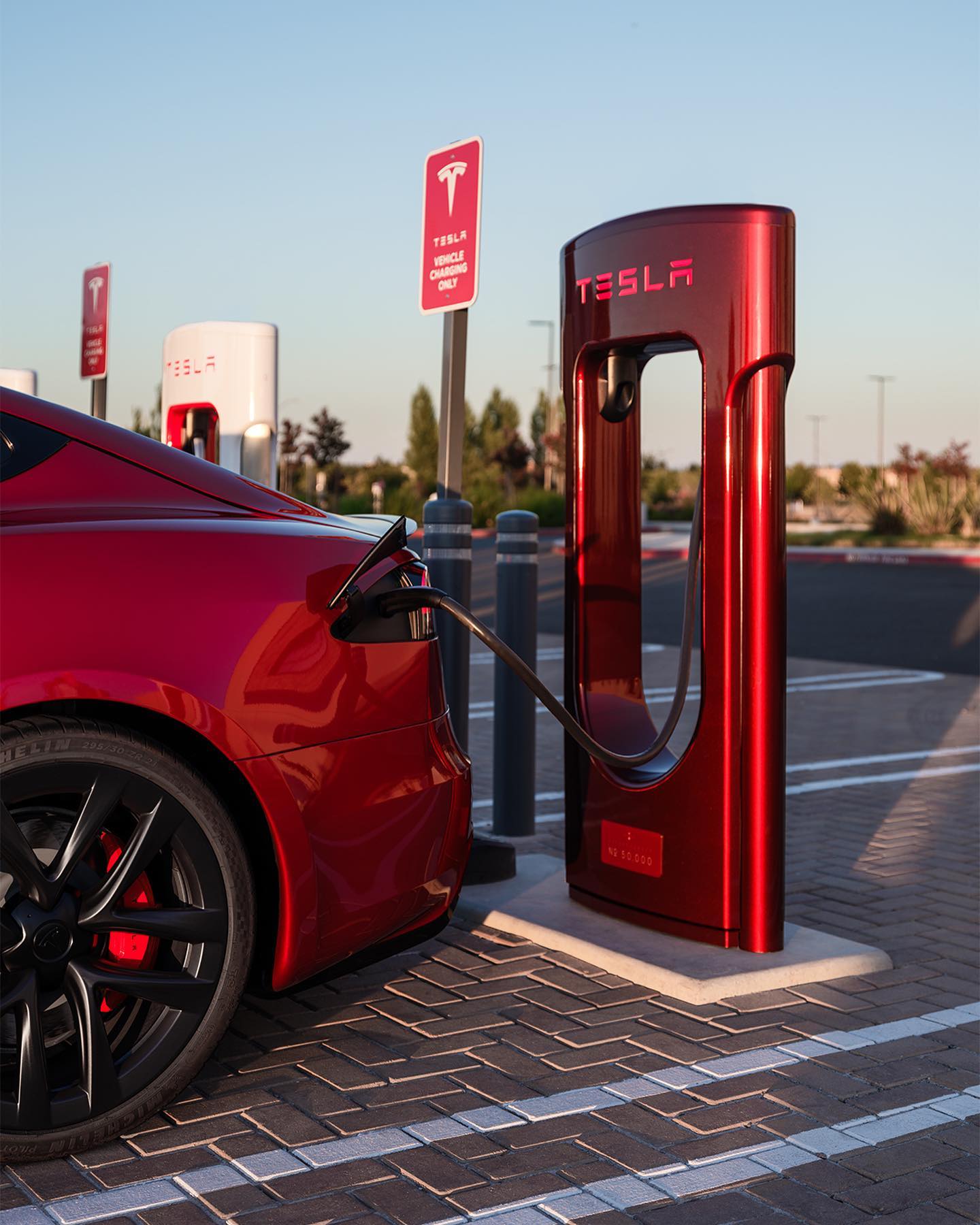
Applying this scenario to fashion over the last two decades, rather than transitioning to better alternatives, there has instead been a race to the bottom for cheaper, sub-standard replacements for good quality clothing options. But at the luxury level, fashion houses from Chanel to Hermès are already buying into this new model of reduction – which has the added benefit of allowing both to maintain their exclusivity via scarcity. Capitalising on the popularity of the brand cachet derived from their best-selling products – Chanel’s Classic Flap Bag and Hermès Birkin bag – they have significantly increased their prices over the last decade as a way to stem the flow of products entering the market.
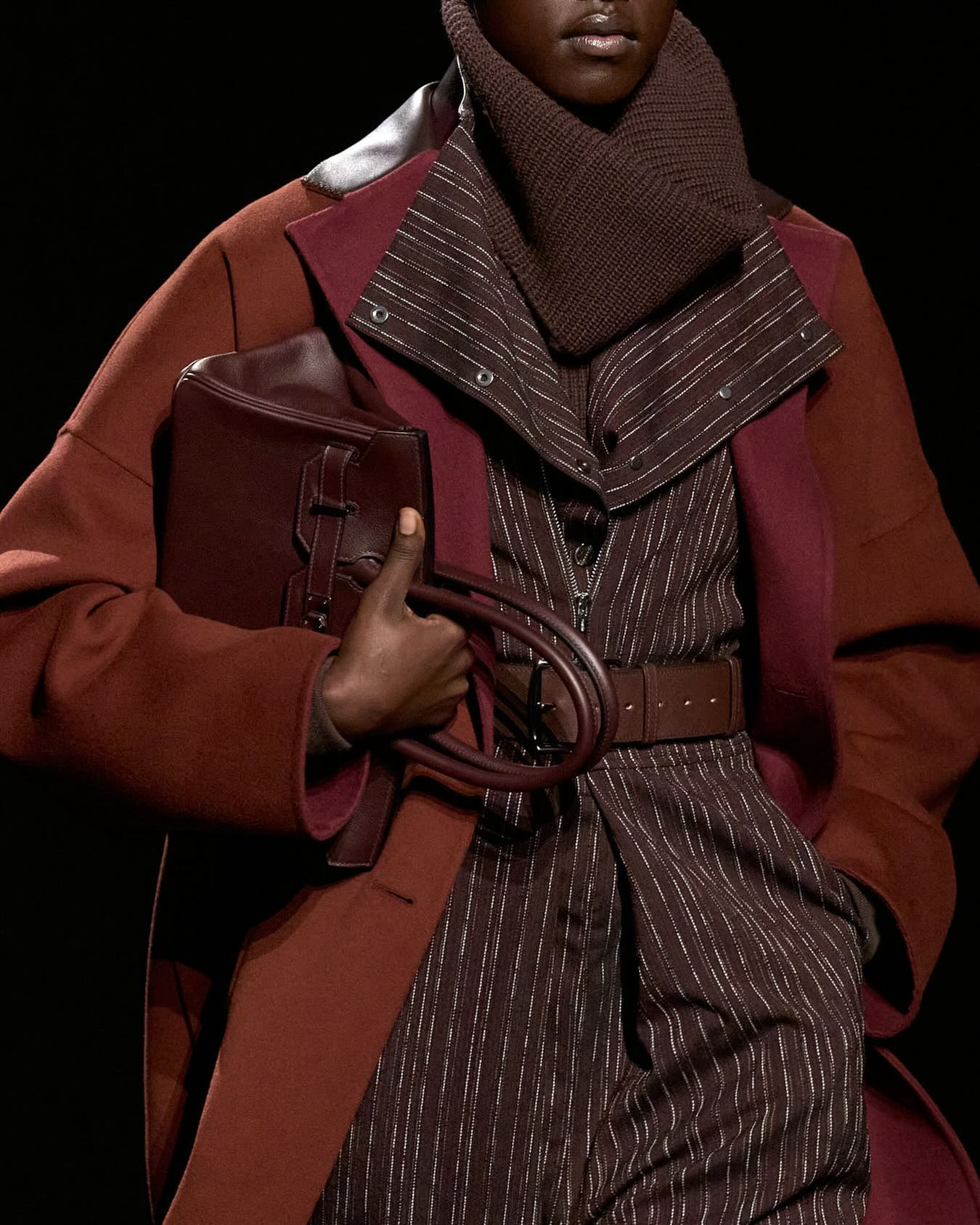
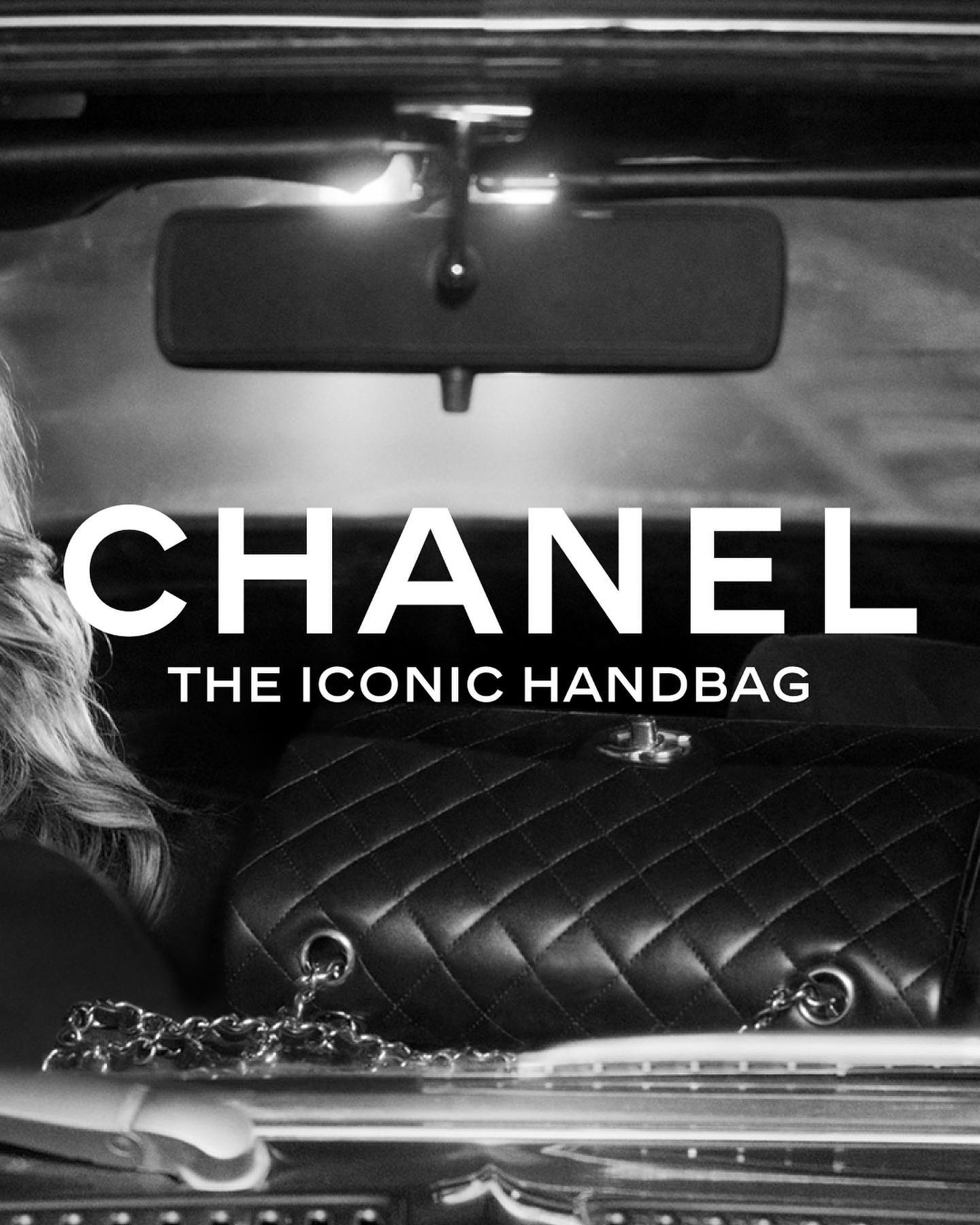
According to Lucy Bishop, a handbags and fashion specialist at Sotheby’s “From 2016, Chanel bag prices have increased at least once per year. Chanel bags have more than doubled in price from $4,900 to $10,800 for a Medium Chanel Classic Flap Bag since 2016. Chanel has been regularly raising prices on all of its classic styles including the Chanel Reissue, Wallet on Chain and Boy bag.”
These price hikes may serve their purpose in slowing demand – from a particular co-hort of aspirational shopper – but will also have the halo effect of causing the brand to reduce production levels in the future, acting as an unintended implementation of the degrowth model. An additional benefit is that it will in turn raise the profile of other shopping methods, by driving those customers who still strive to own a classic Chanel flap bag to the resale market, keeping these products circulating for longer and encouraging more sustainable methods of consumption.
Is Growth via Product the Only Marker of Success?
There is no illusion that fashion is not a business, and growth for all intents and purposes, will continue to be a marker for success when it heads in an upward trajectory. But can growth for growths sake be seen as a success story when its ripple effects cause long-lasting damage to the environment, result in wage stagnation and become responsible for the sustained extraction of finite resources?
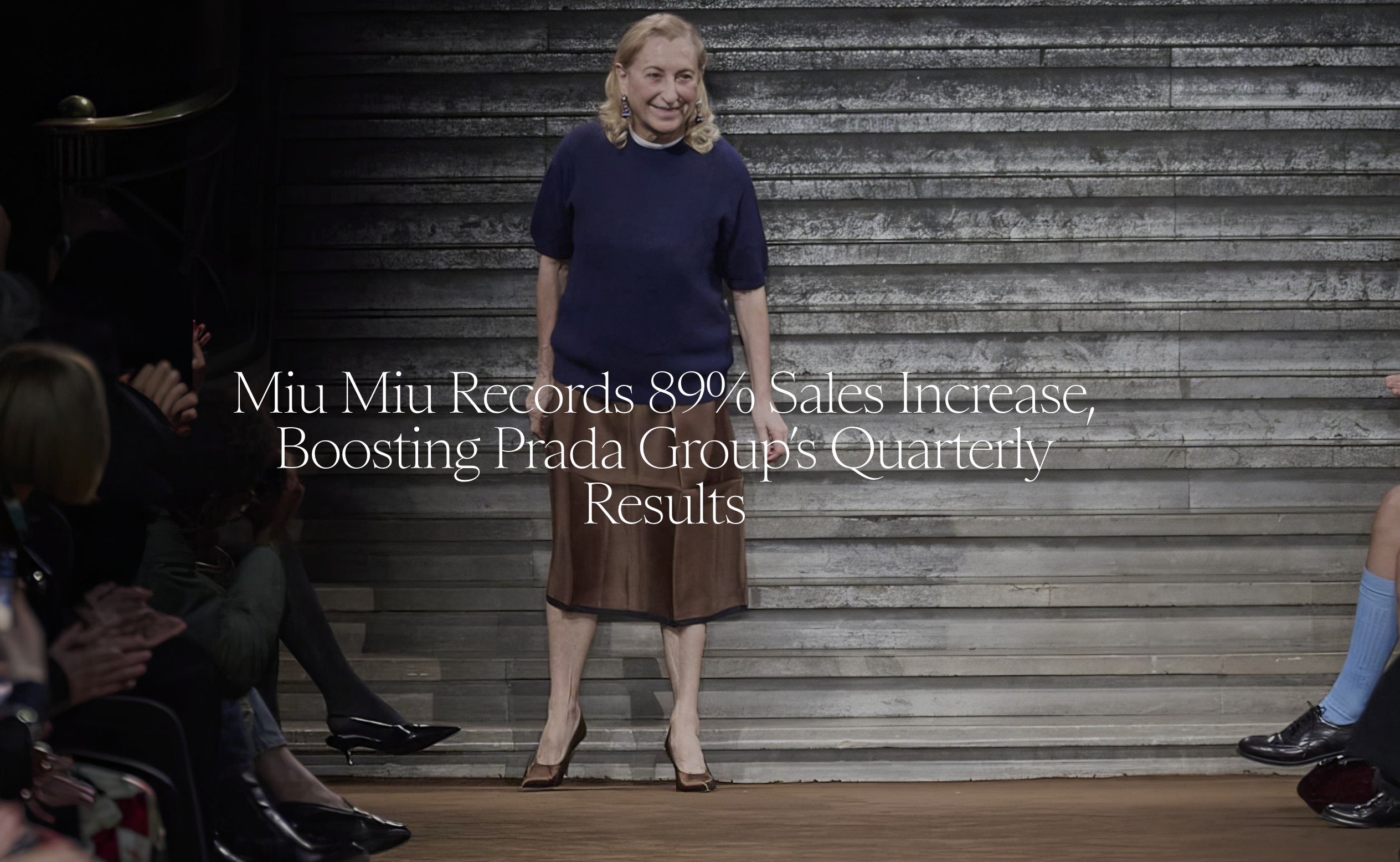
There is a long-standing narrative that success equals growth, but in the world of independent brands, there is often no strong correlation between the two. Young and future fashion creators have to aggressively question what it means to have a successful and sustainable fashion business. Old structures hardly work anymore, so they need to look for new creative business models, which will also consider the impact behind their creative and making processes. We as an industry have to be critical of who we help to scale up and why, and what the modern signs of a healthy fashion brand are.”
Olya Kuryshchuk, Founder and Editor-in-Chief, 1 Granary

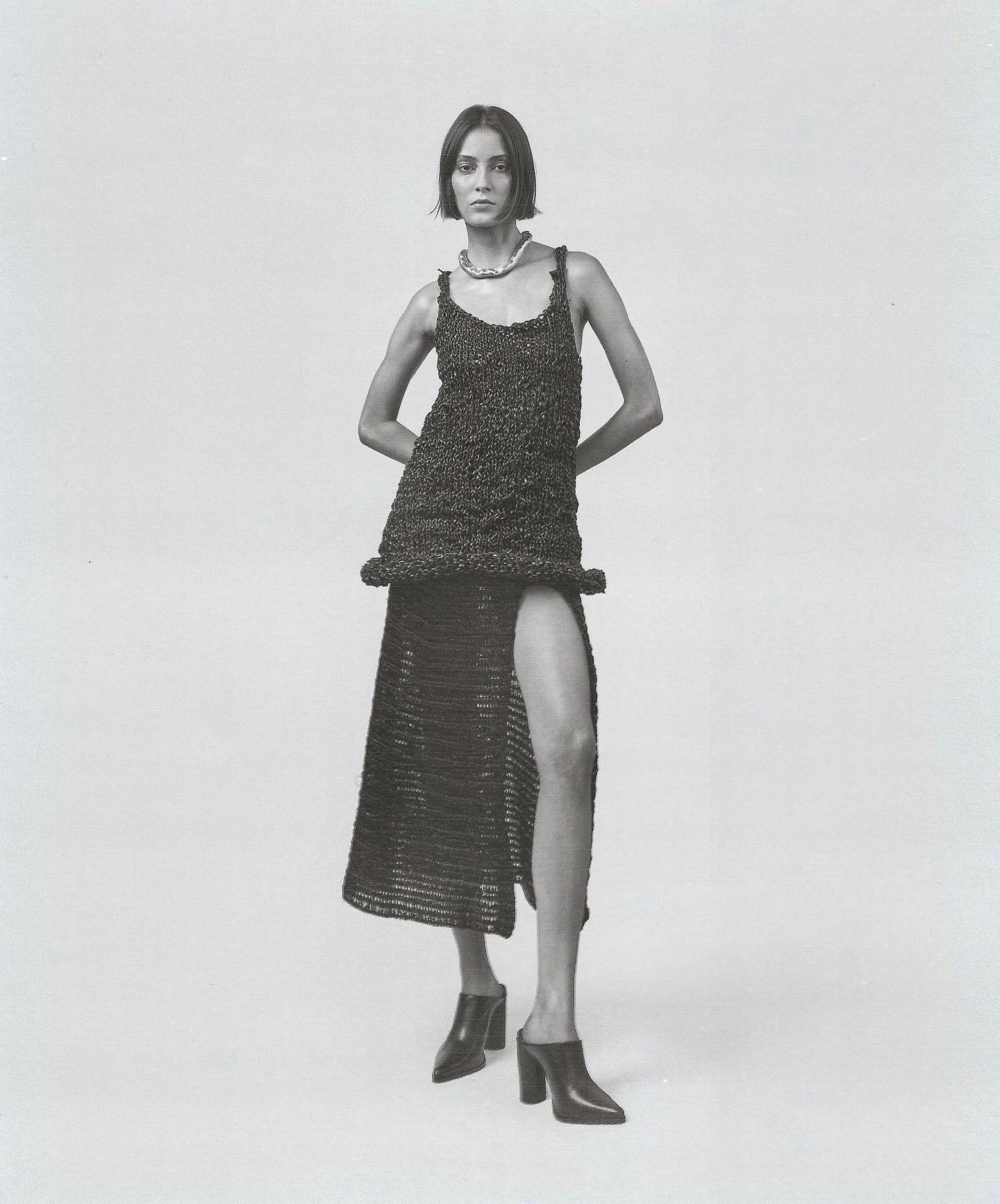
Accounting for $1.8 Trillion, according to data analysed by Companies Market Cap of the largest publicly traded clothing companies by market capitalization, the fashion industry continues to grow more powerful and impactful every year. To get a clearer picture of the analysis, the earnings of the top five companies to date are:
- 1. LVMH – $23.91B
- 2. Dior – $21.52B
- 3. Inditex – $7.46B
- 4. Hermès – $6.45B
- 5. Nike – $5.98B

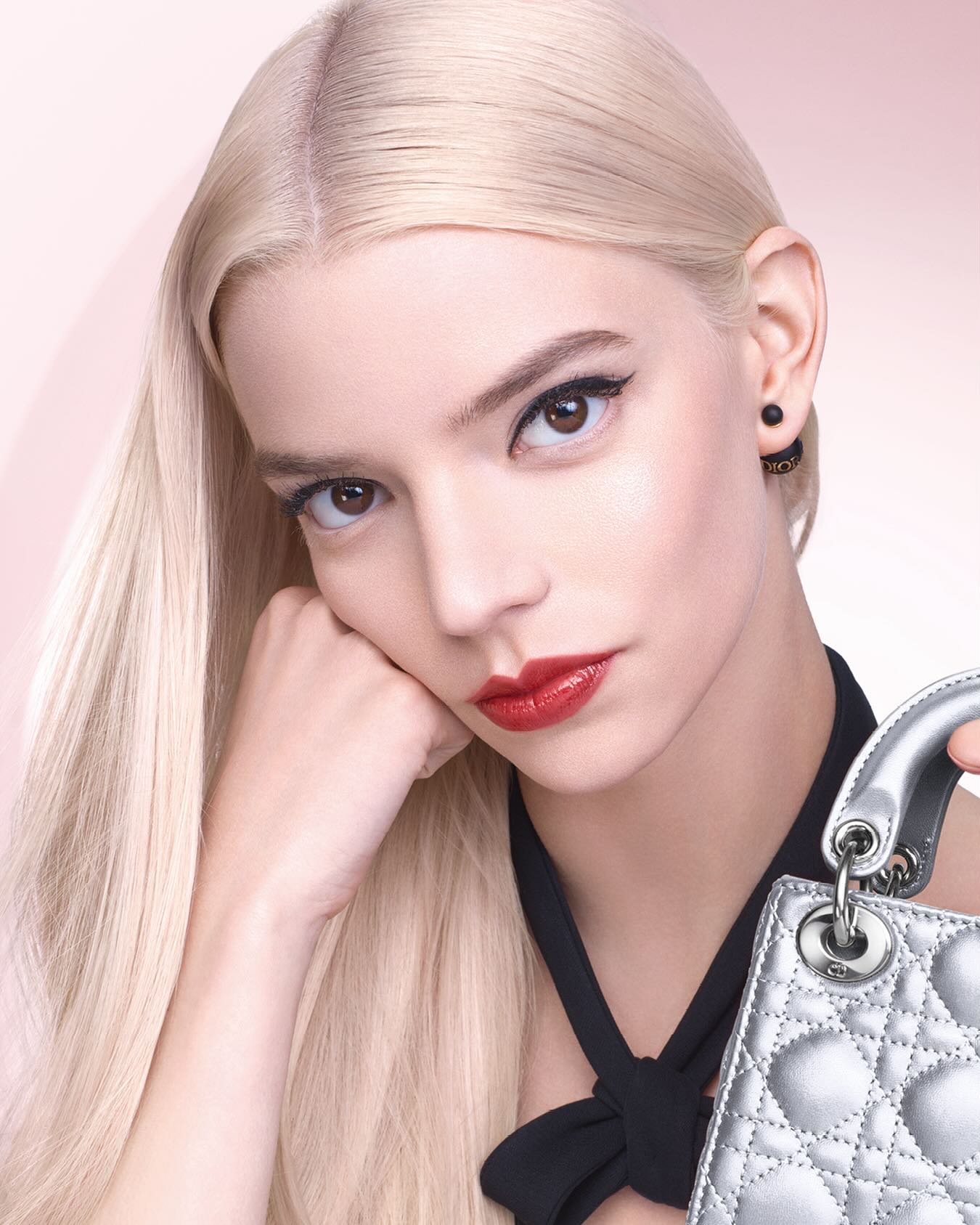
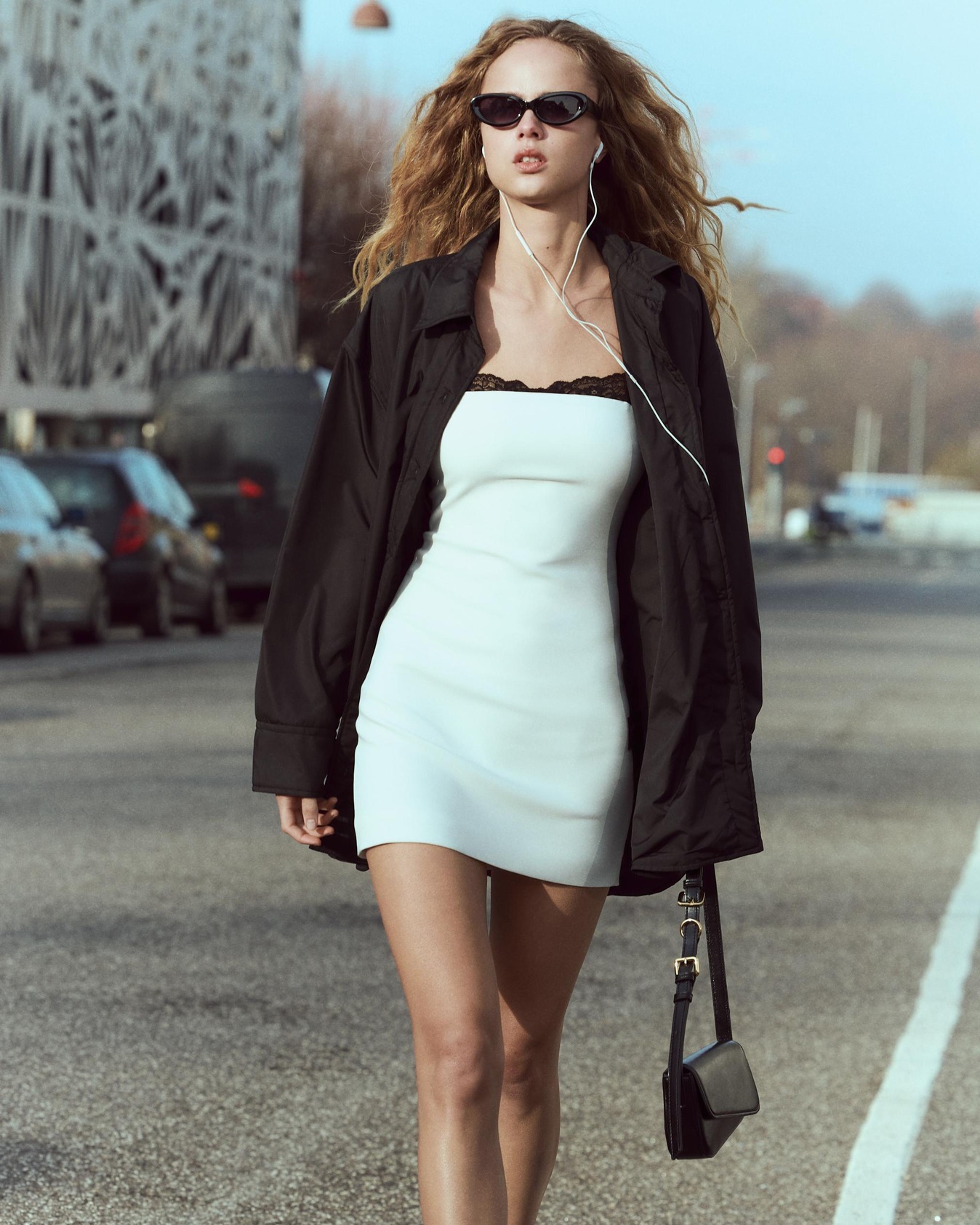

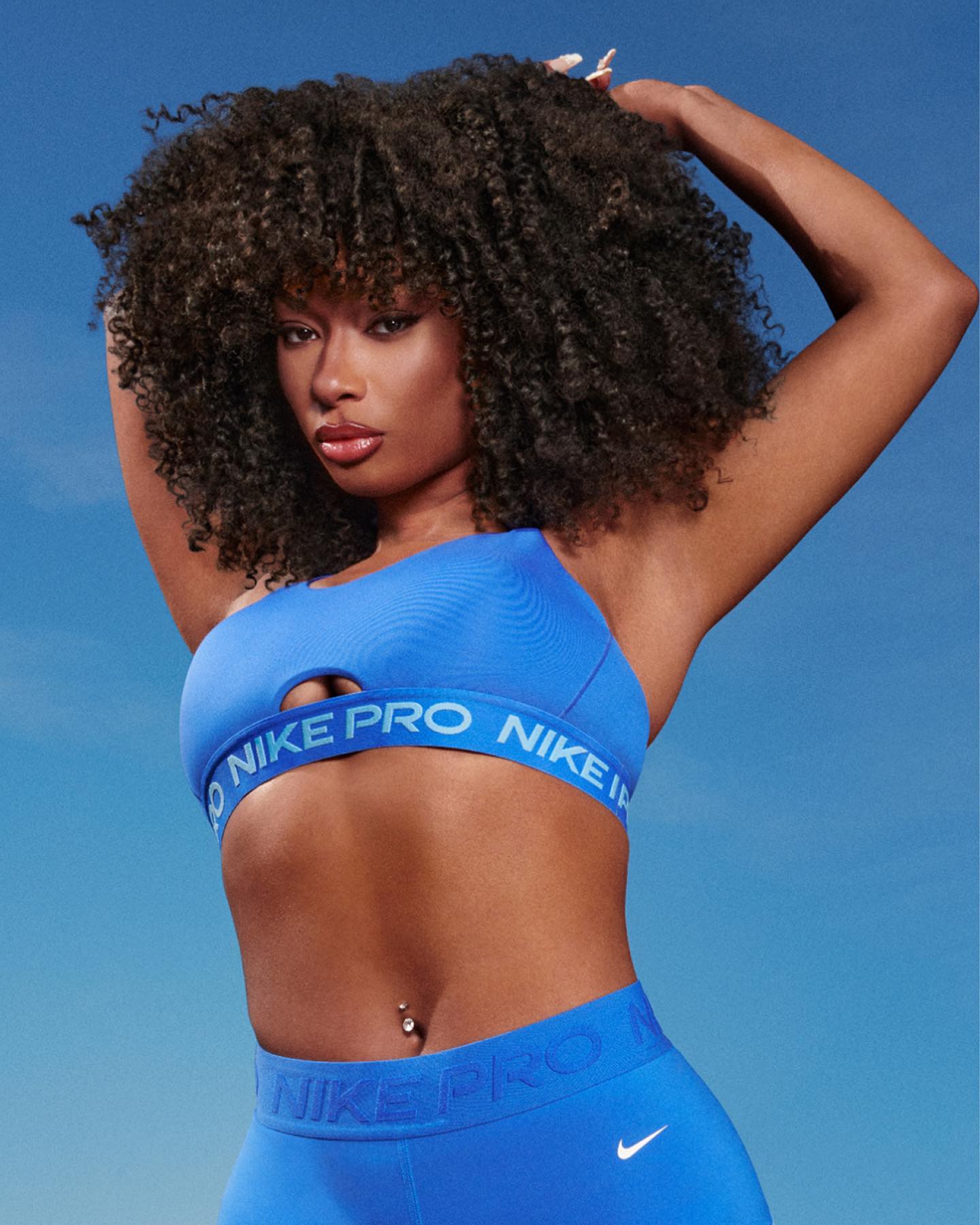
When trying to shift to a model that measures success beyond pure product sales it helps to remember that the industry is one that is built on – and thrives on – creativity. At a time when the impact of seasonal runway collections appears to be diminishing, designers are having to employ ever greater methods of engagement in their shows to keep the images circulating for as long as possible before the next season. Take Sébastien Meyer and Arnaud Vaillant’s spray-on dress for their brand Coperni, it was a moment which went viral, but it may have had the unintended effect of overshadowing the actual collection. And following the post-pandemic luxury boom, the market is now witnessing a slowdown in demand for luxury products.
Rather than approaching this as a problem to be solved by flooding the market with more collaborations, capsules, and tie-ins, luxury brands should look at the current consumer shift as an opportunity to double-down on its investment in building a brand universe where product becomes part of a bigger picture strategy, as opposed to the golden goose?

The bigger luxury players, whose heritage spans decades, are already entrenched in the world of brand expansion as a revenue driver by introducing their particular mode of storytelling to new markets. This has included acquiring existing brands that align with their values, as well as building new ventures from the ground-up within the hospitality, beauty, retail, and entertainment spaces. Increasing their consumer touch-points and immersing themselves as part of their lifestyles, means the average luxury consumer can experience, for example, Louis Vuitton through fashion, fragrance, music, or the arts. Creating an updated business (read degrowth) model that allows customers to buy into a brand through experiences without the need to acquire a physical product at the end of said experience.
LVMH, as one of the worlds largest luxury conglomerates has built an unrivalled brand universe and mastered the art of diversification, encompassing 75 houses across six sectors, examples of which include, but are not limited to:
| Category | Brands |
| Fashion and Leather Goods | Louis Vuitton, Christian Dior, Givenchy, Loewe, Fendi, Celine, Rimowa, Marc Jacobs, Loro Piana |
| Wines and Spirits | Belvedere, Dom Pérignon, Moët & Chandon, Hennessy |
| Perfumes and Cosmetics | Fenty Beauty by Rihanna, Acqua di Parma, Maison Francis Kirkdijan, Ole Henriksen |
| Watches and Jewellery | Tiffany & Co., Bulgari, Hublot, TAG Heuer |
| Multi-brand Retail | Sephora, Le Bon Marché Rive Gauche, 24S |
| Publishing | Le Parisien, Les Echos |
| Hospitality & Hotel Management | Dior Spa, Belmond hotels, Cheval Blanc |
| Transport | Venice Simplon-Orient-Express, Royal Van Lent (high-end yacht builder) |
| Leisure and Attractions | Le Jardin d’Acclimatation, Fondation Louis Vuitton, La Galerie Dior |
| Broadcasting | Radio Classique |

24S 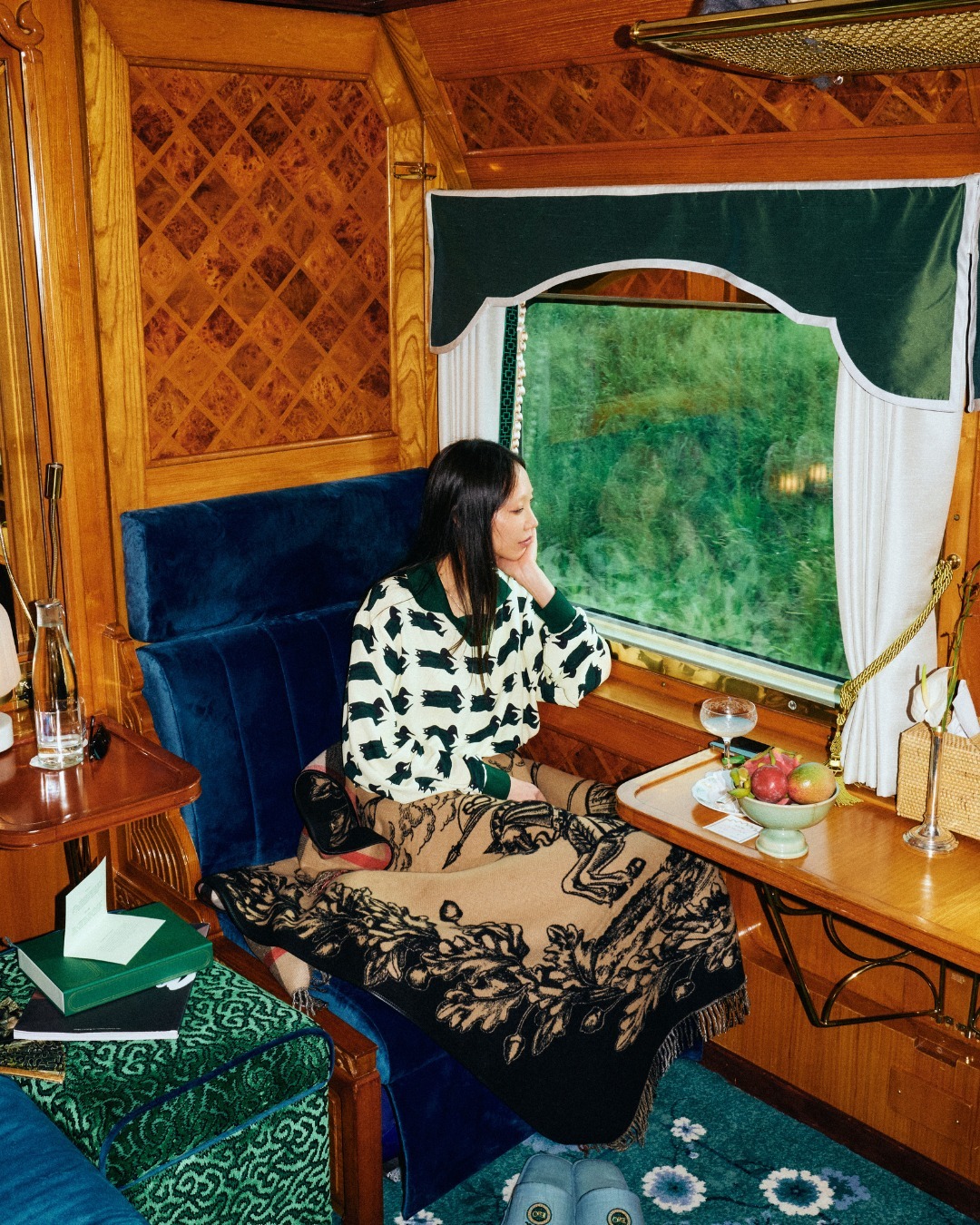
Eastern & Oriental Express 
Fendi 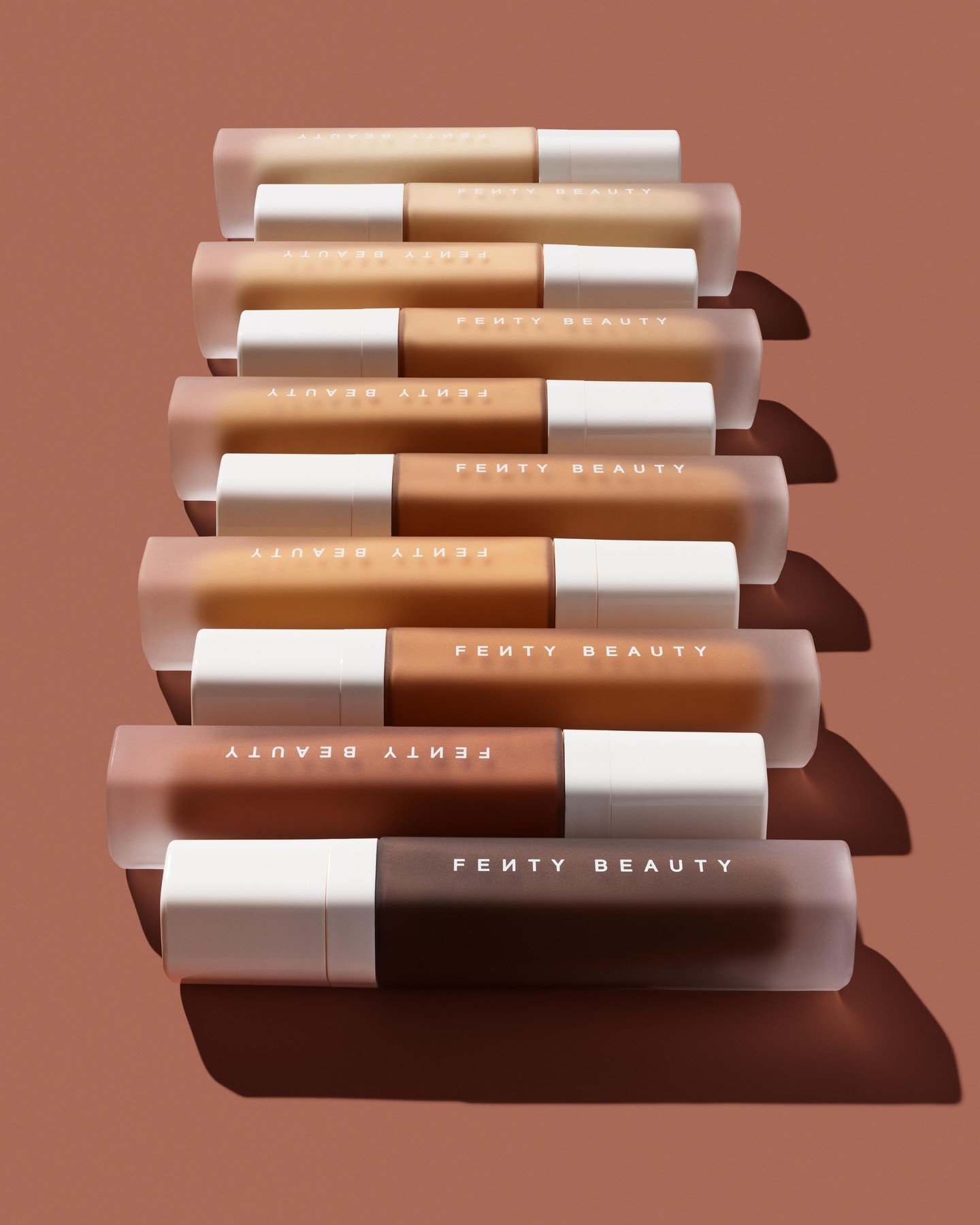
Fenty Beauty 
Le Jardin d’Acclimatation 
Loewe 
Eminente 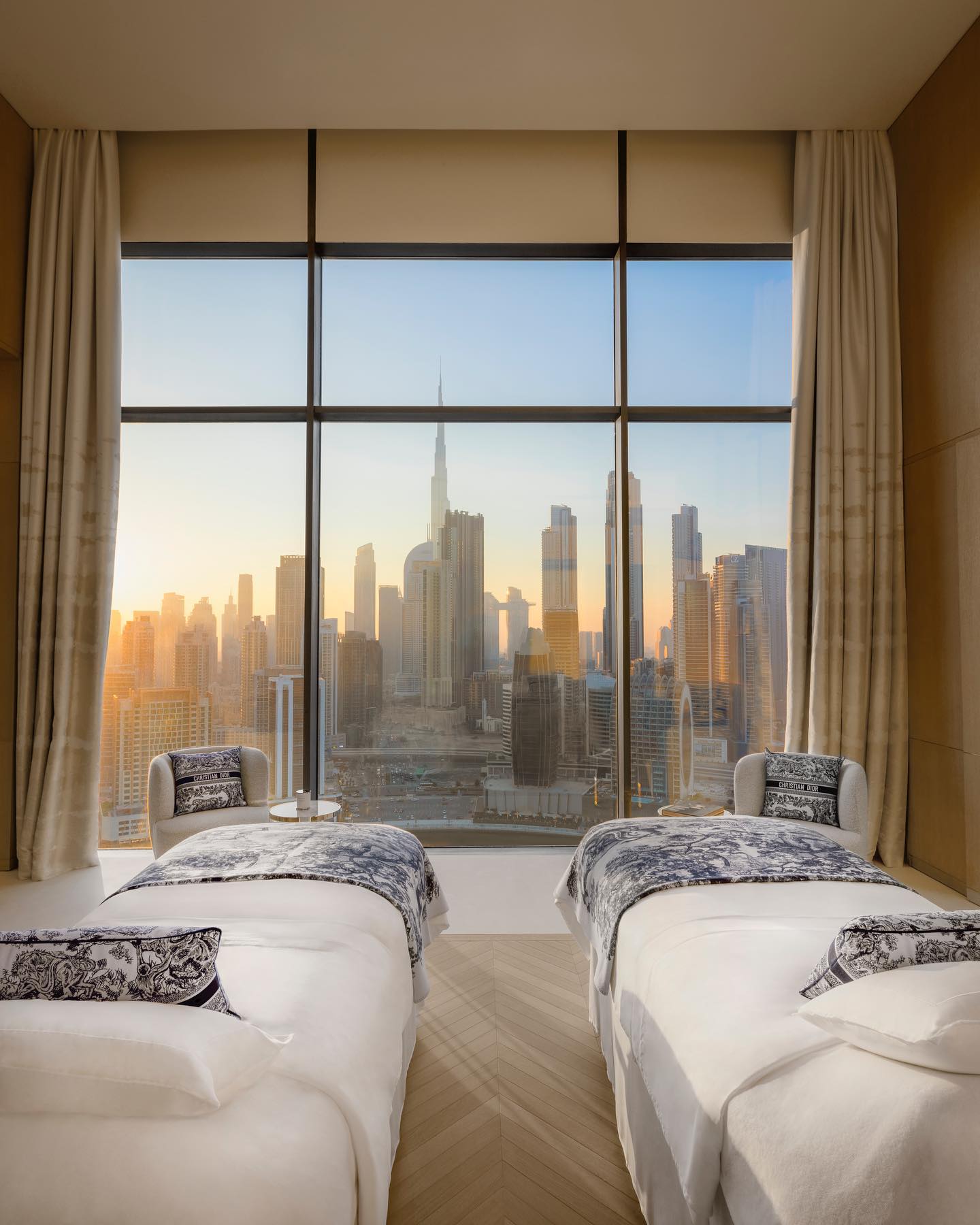
Dior Spa 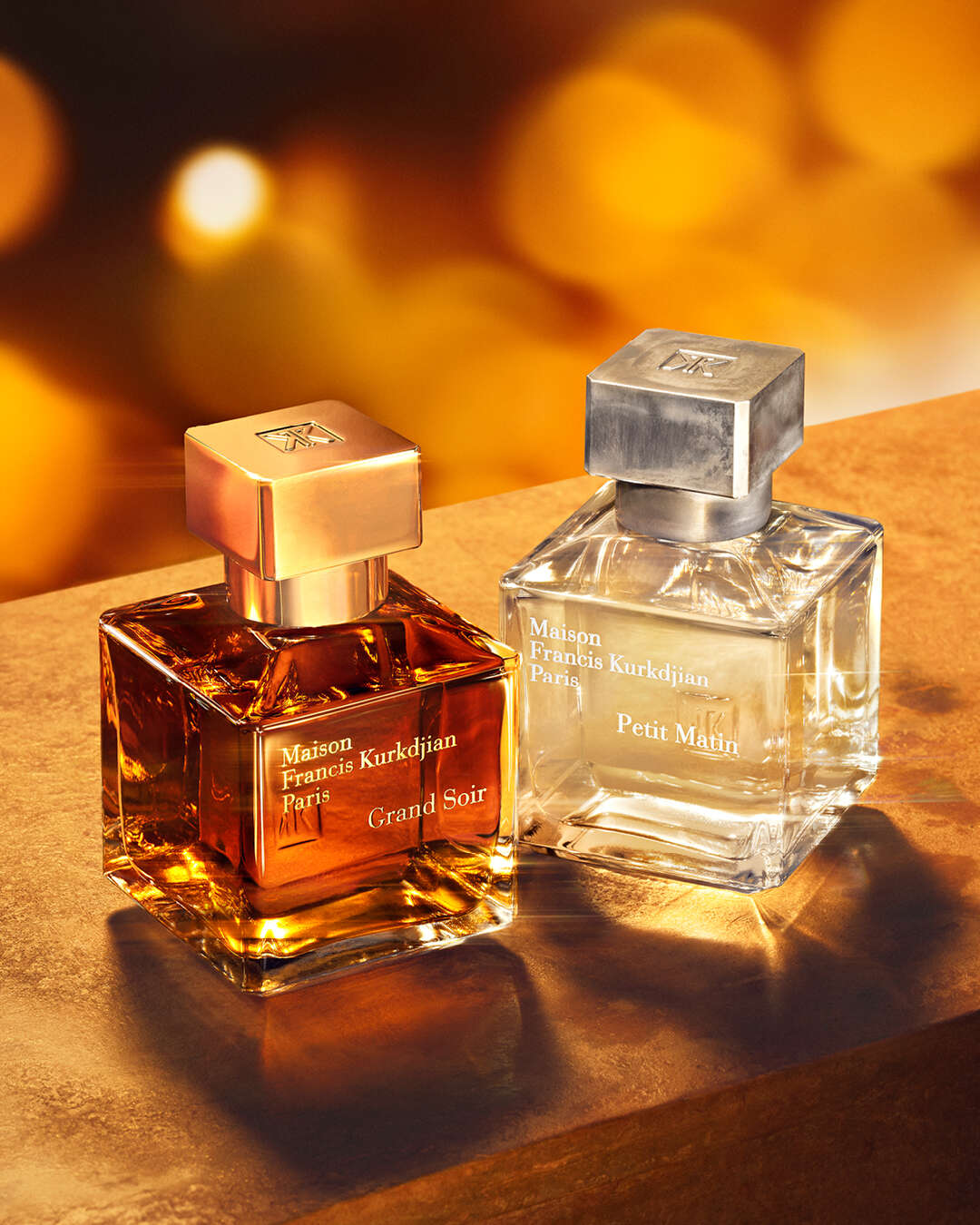
Maison Francis Kirkdijan 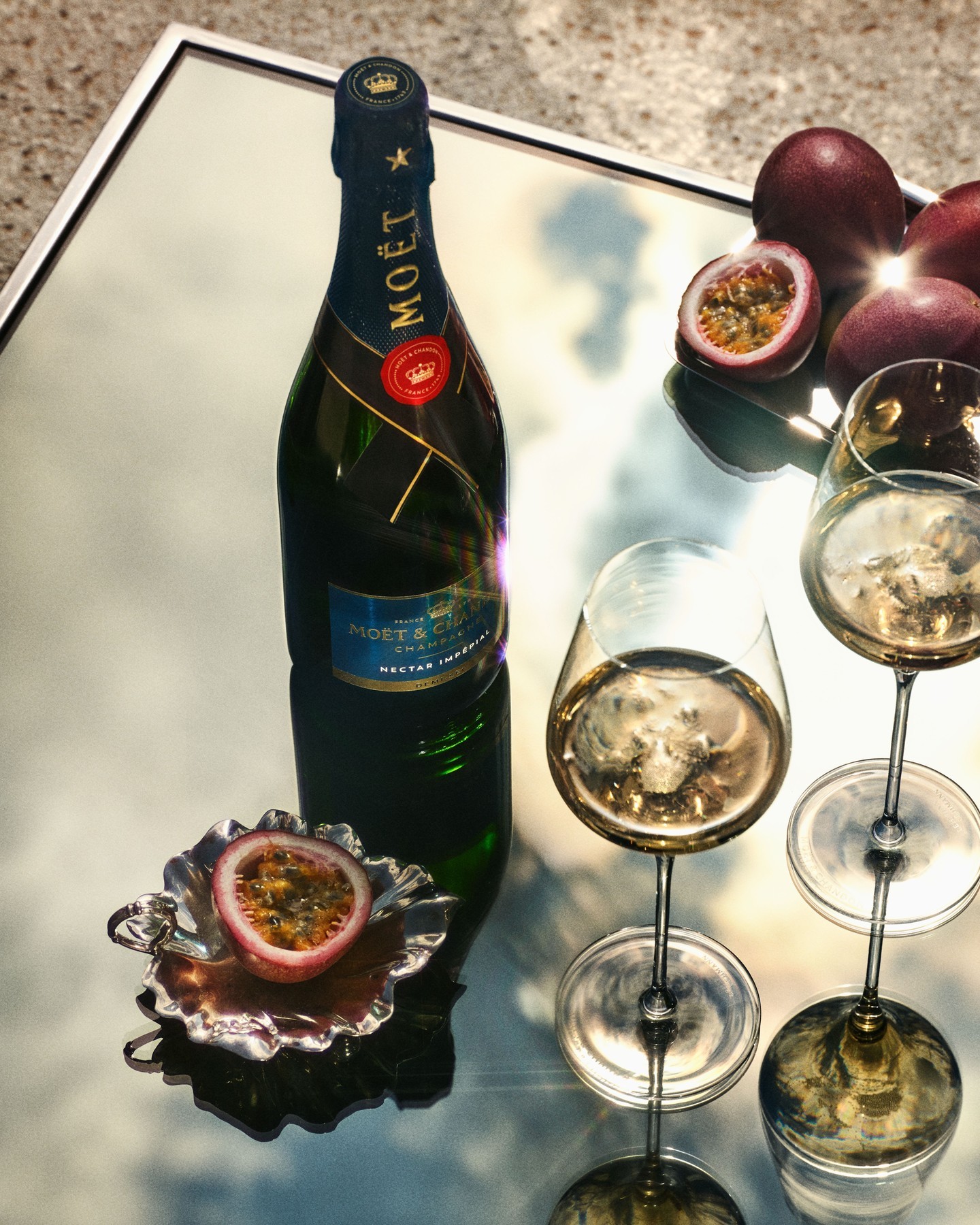
Möet & Chandon 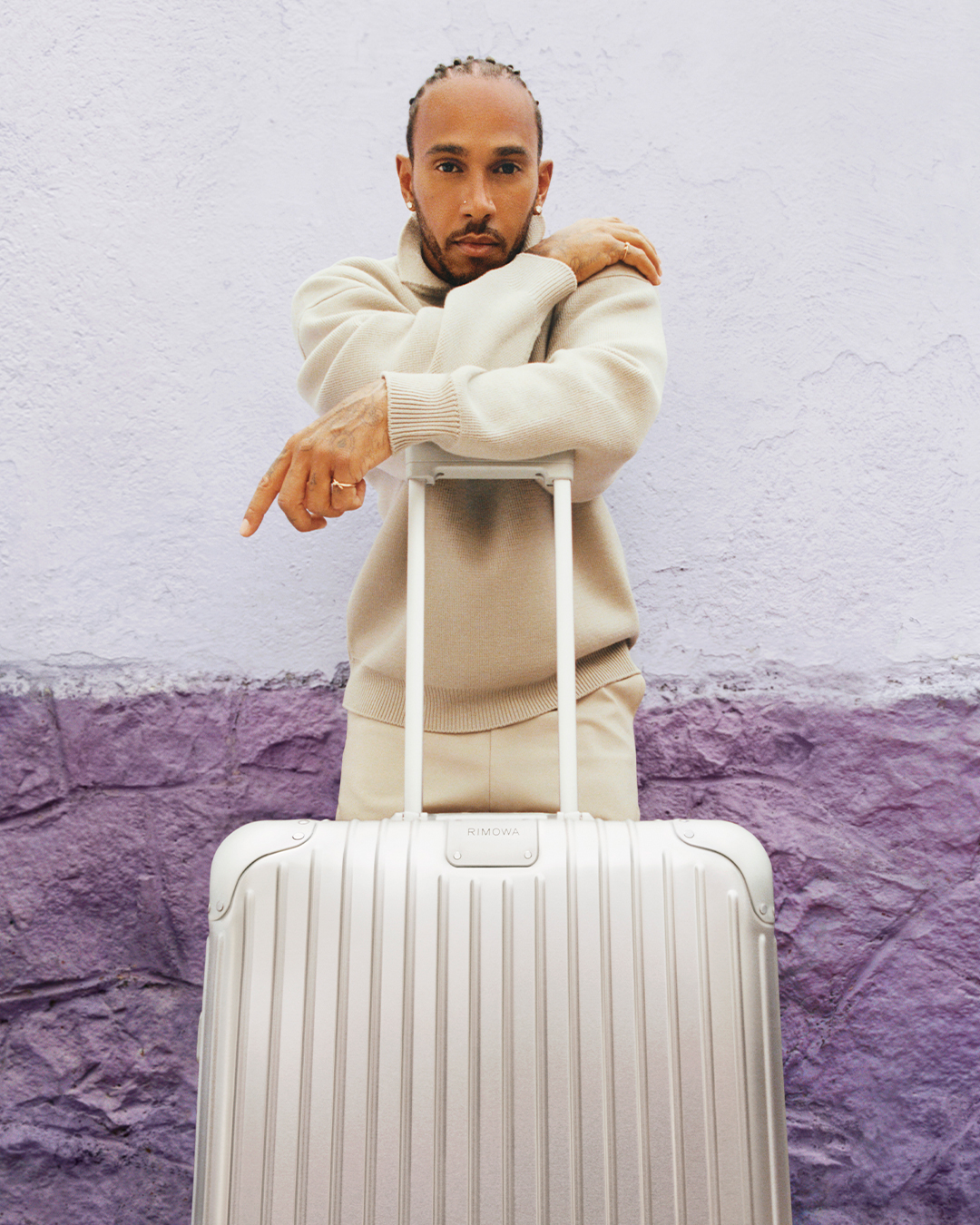
Rimowa 
Tiffany & Co
Kering, as the second-largest luxury goods conglomerate, manages a number of luxury brands across fashion, leather goods, and jewellery, including Gucci, Saint Laurent, Bottega Veneta, Balenciaga, and Alexander McQueen, as well as Boucheron and Pomellato.
In 2023, CEO of Kering François-Henri Pinault struck a deal for his family investment company Artémis to aquire a majority stake in one of hollywoods biggest talent agencies Creative Artsists Agency (CAA). Bringing the world of entertainment into the fold of Pinault’s interests is another telling sign of C-suite leaders who are keeping an eye on the shifting landscape and hedging their bets on sectors such as entertainment. The rise of TikTok, YouTube shorts and the tie-up of fashion and film no doubt playing a key part in the strategy behind the decision.
Celebrities and A-Listers from London to Hollywood have proven their staying power and their worth in the promotion of luxury goods, but it is the new guard of Asian talent from South Korea, China, and Thailand (K-Pop, Thai Dramas, and Film) who have revived the phenomenon of obsessive fandom and bolstered the reputation of key luxury players via ambassadorships and collaborations.
This is a time for luxury brands to explore new brand expressions and extensions that will keep their top customers and fans coming back. In the next decade, with the rise of recommerce and slowdown of careless consumerism, monetising experiential products and services will become a business priority for all luxury houses.”
Marta Indeka, Senior Foresight Analyst, The Future Laboratory


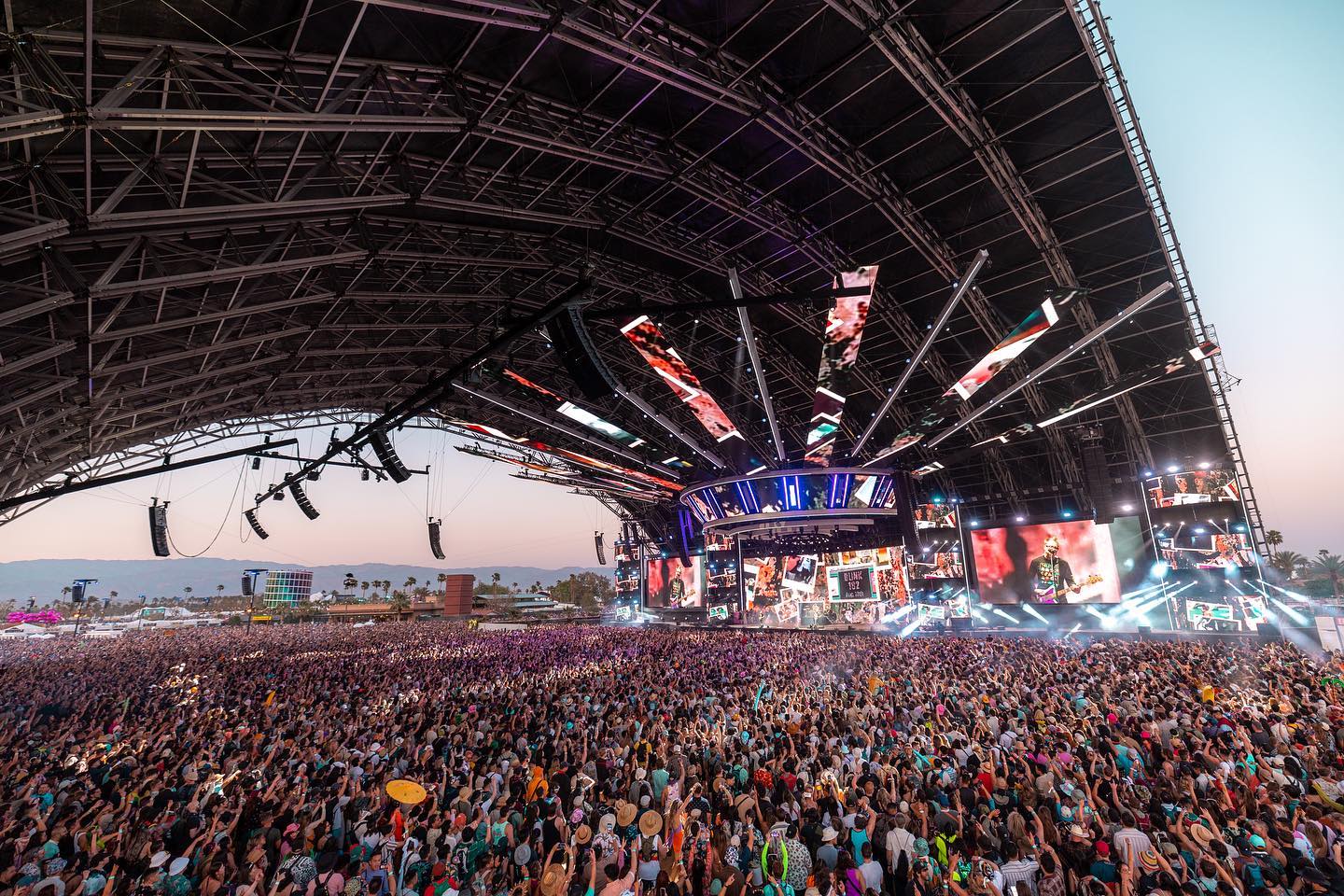

Luxury fashions Impact on adjacent markets is causing a cultural reckoning, as brands are not only influencing the zeitgeist but driving it, as they draw in new fans from the world of sport to the arts through partnerships, services, and experiences ranging from small moments to month-long residences, many have included:
| Category | Activation |
| Wellness | Saks & Dr. Deepika Chopra x Mental Health Awareness Month, Flamingo Estate x JW Marriott fragrance and wellness line, Grown Alchemist x Equinox fitness club |
| Entertainment | Chanel ‘Through Her Lens’ x Tribeca Festival, Prada x Elvis Film, Dior x Apple TV’s ‘The New Look’, Saint Laurent Productions |
| Real Estate | Kering acquiring via Montenapoleone 8 in italy, Dolce & Gabbana Grand Residences project in Miami |
| Hospitality and Travel | Hotel du Cap-Eden-Roc x Sporty & Rich, Vilebrequin to launch 15 beach clubs, Golden Goose Café Thailand (with personalized food recommendations to suit mood), Loro Piana Beach club, Emilia Wickstead Ltd collection x Passalacqua luxury hotel Lake Como, Coach coffee shop opens in Jakarta, Indonesia |
| Sport | The Olympics (Berluti’s Team France uniforms), Prada Linea Rossa x Red Bull, Louis Vuitton x America’s Cup |
| Automobile | BMW XM Mystique Allure x Naomi Campbell (working with Hans Zimmer on sound), Victoria Beckham x Land Rover, Joopiter Joyride Auto Auction, Tommy Hilfiger x Mercedes Benz F1 team, Hugo Boss x Porsche |
| Re-commerce | Gucci circular narrative by Vault: Gucci Continuum, Burberry x Vestiaire Collective, Perfect Moment x Reflaunt |
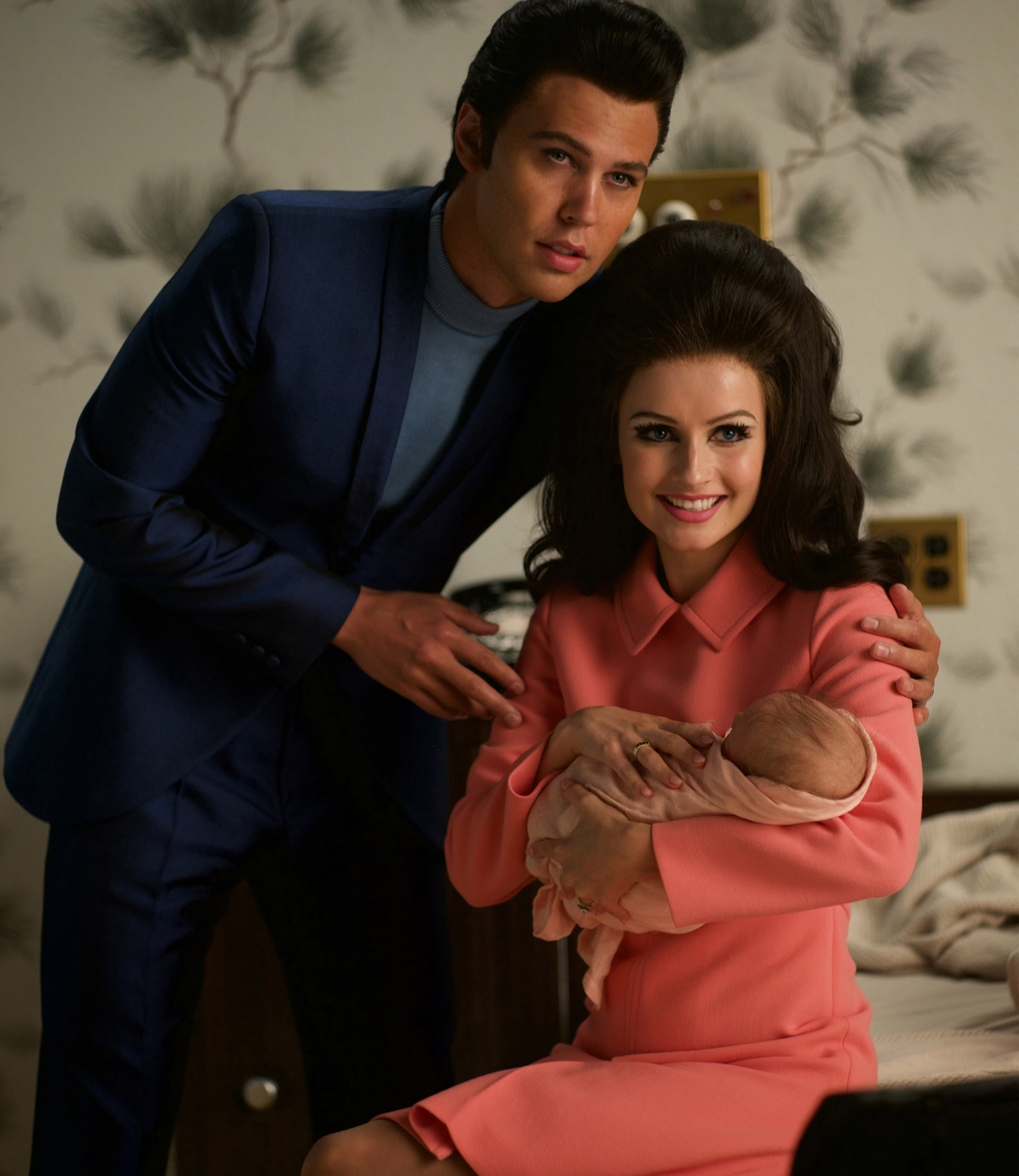
Prada x Elvis Film 
Emilia Wickstead Ltd collection x Passalacqua luxury hotel Lake Como 
Flamingo Estate x JW Marriott 
Burberry x Vestiaire Collective 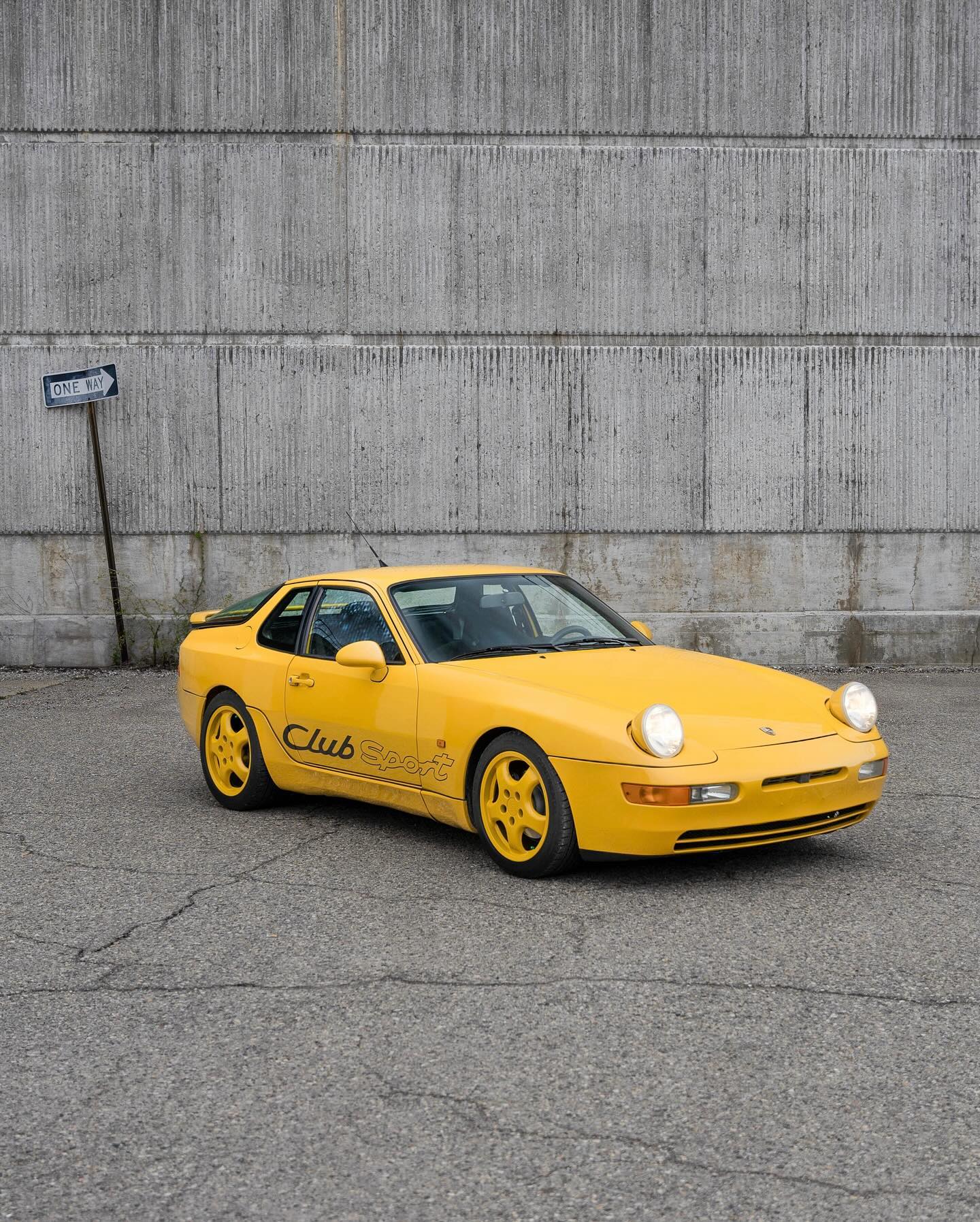
Joopiter Joyride Auto Auction 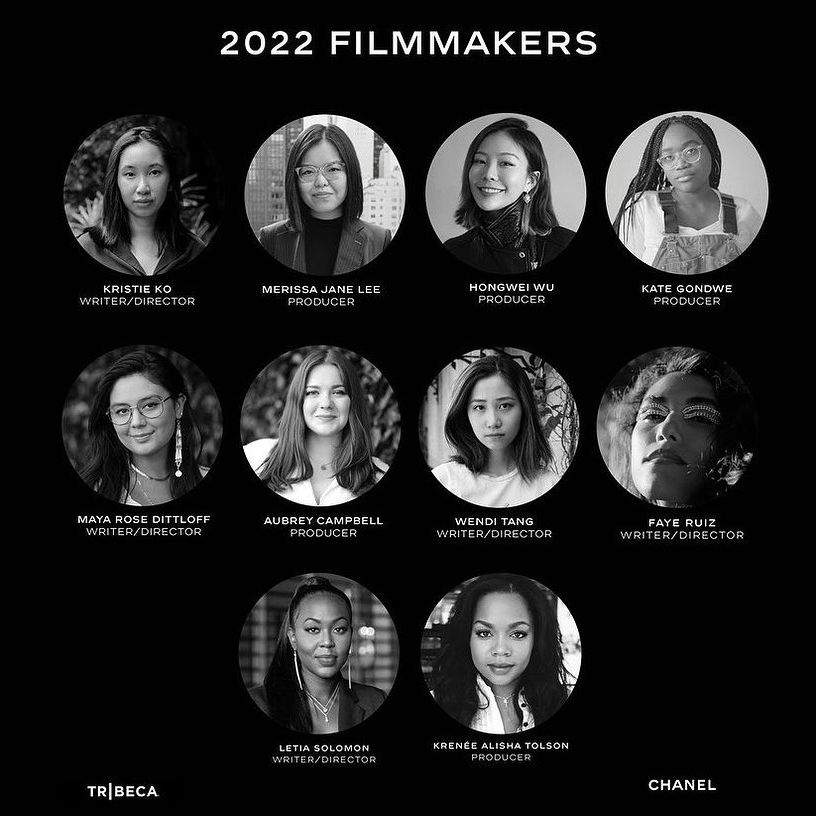
Chanel ‘Through Her Lens’ x Tribeca Festival 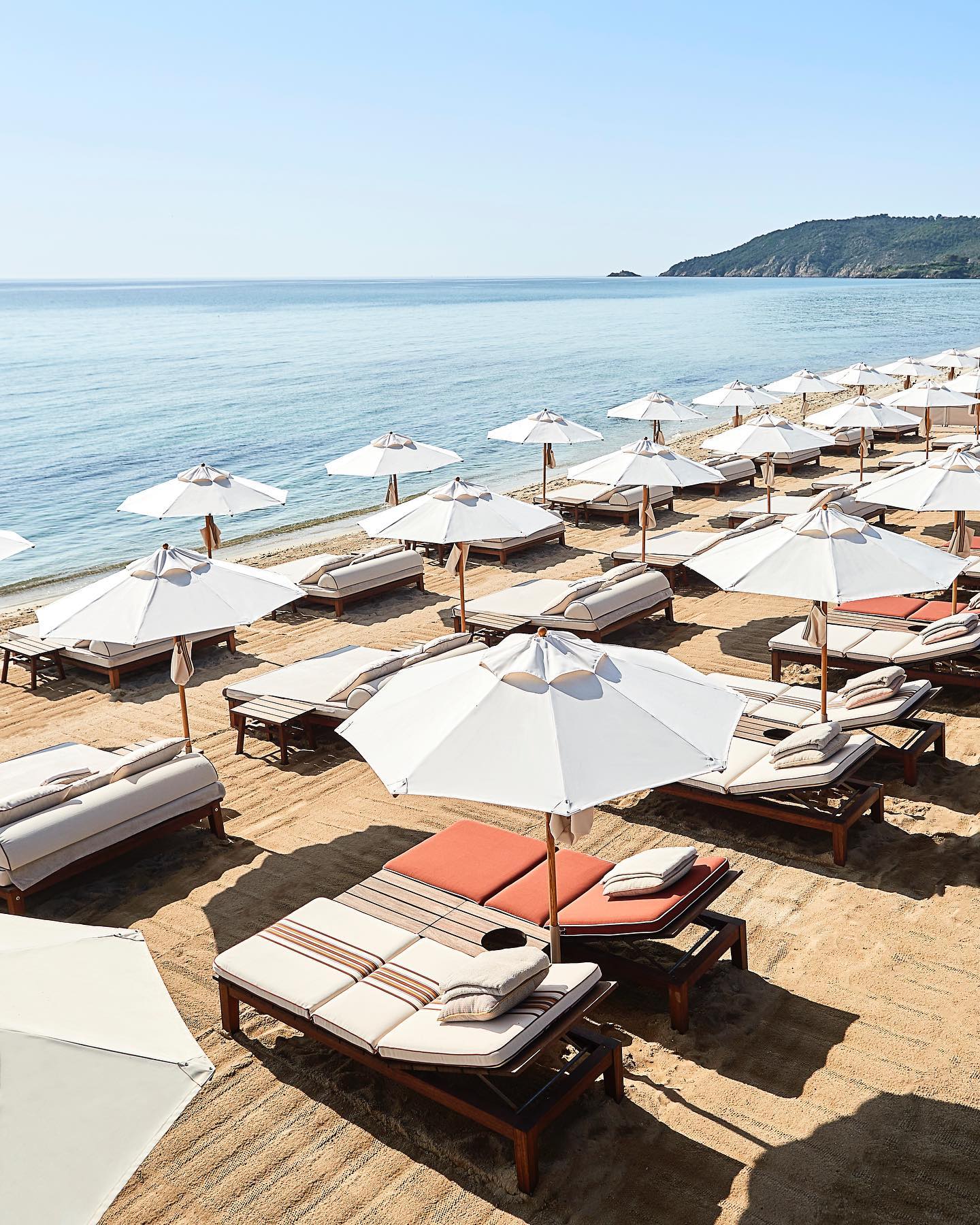
Loro Piana Beach Club 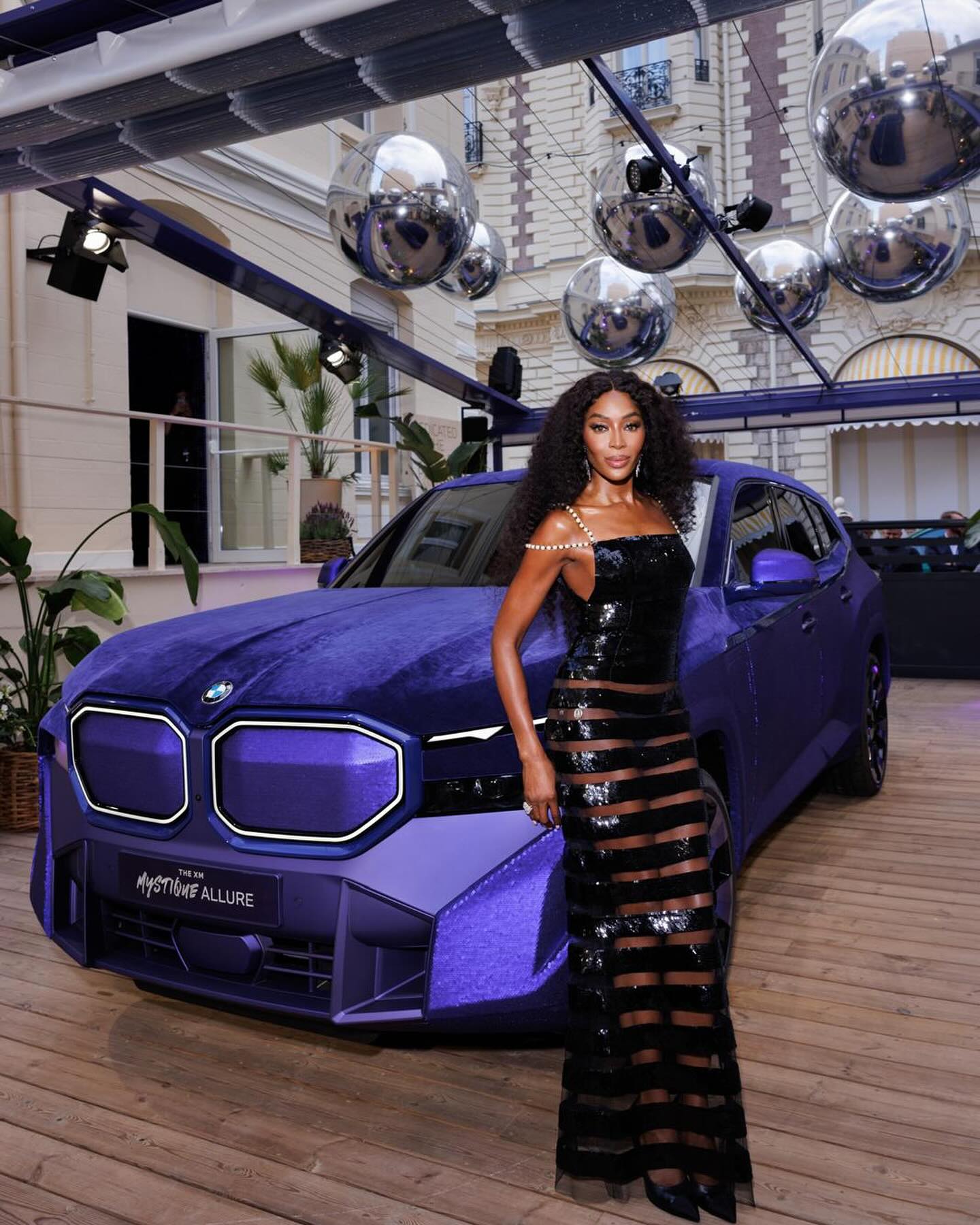
BMW XM Mystique Allure x Naomi Campbell 
Dolce & Gabbana Grand Residences 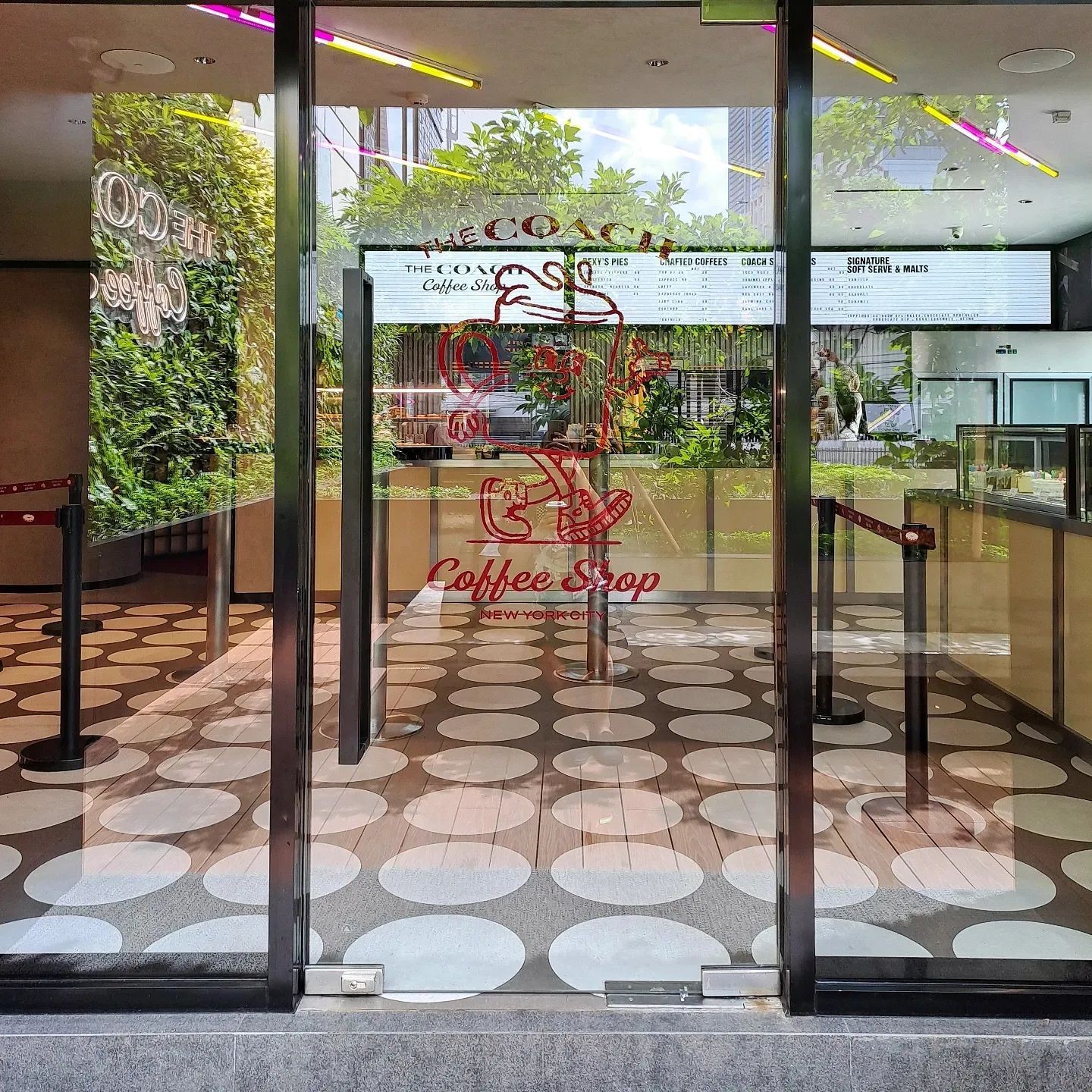
Coach Coffee Shop Indonesia 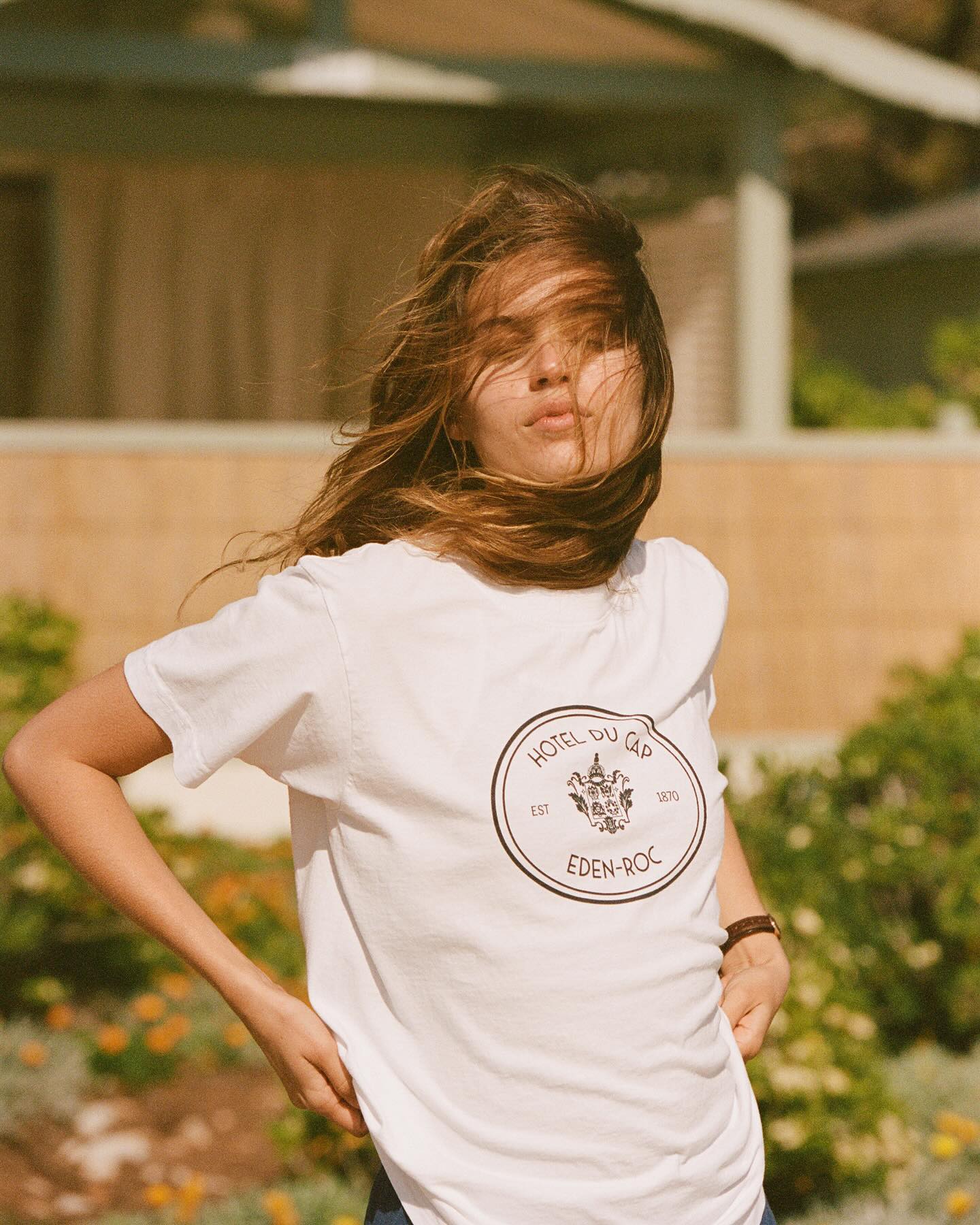
Hotel du Cap-Eden-Roc x Sporty & Rich 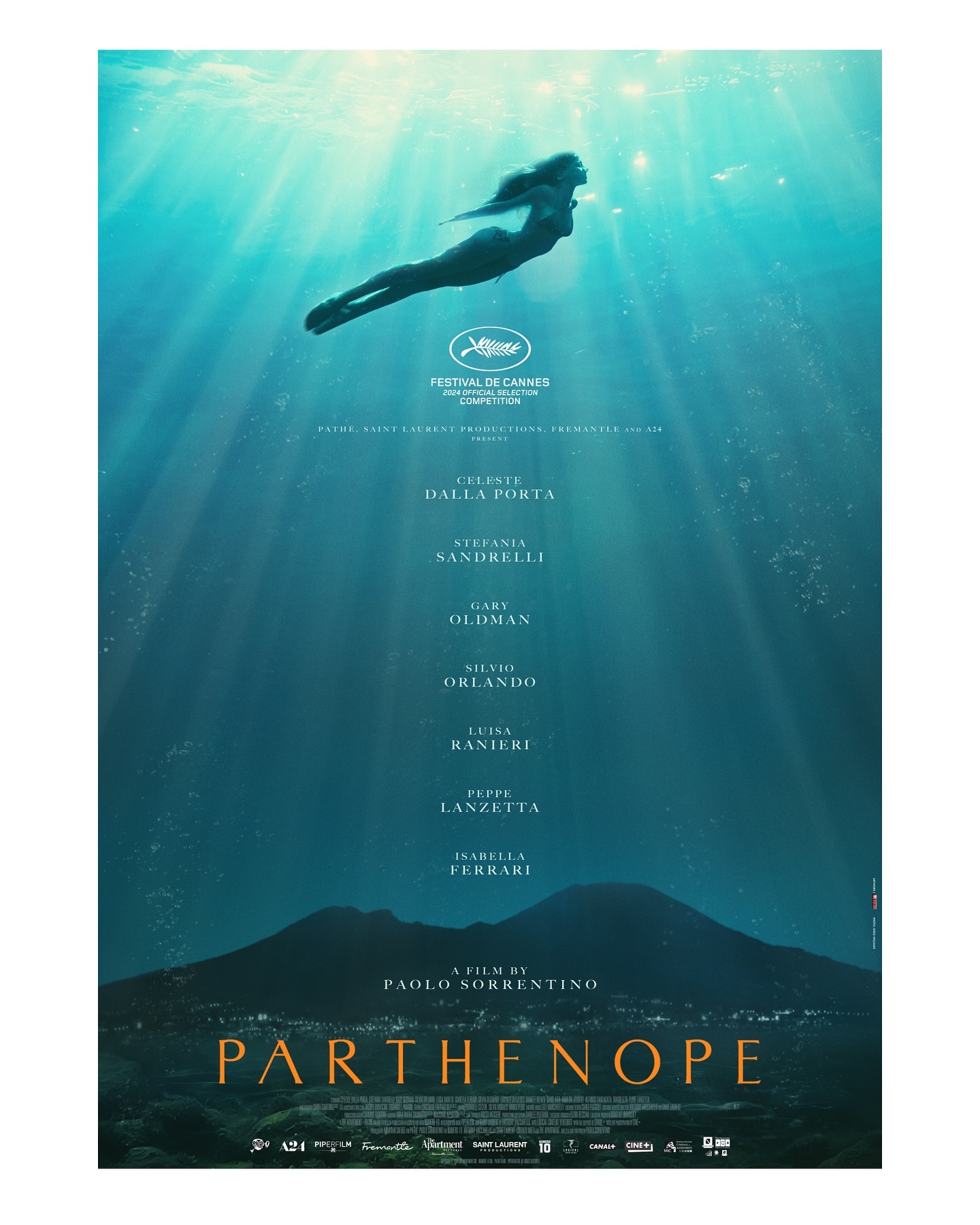
Saint Laurent Productions
The shift to owning and purchasing less but better, regardless of disposable income, will challenge luxury to diversify to secure revenue streams and move to less transactional and more value-led business models.”
Marta Indeka, Senior Foresight Analyst, The Future Laboratory
Radicalism Vs Realism: How Can the Fashion System Change?
2020 was a watershed moment in the modern history of the fashion industry. Introspection took place across all sectors, as there was finally a moment of pause in the relentless juggernaut of the fashion system.
Driven by social media users constant need for the latest shopping haul, the explosion of streetwear creating an unprecedented level of accessibility – as graphic T-shirts and sneakers became markers of the new luxury entry point – and the rise of the fashion show as spectacle elevating each fashion week (not just the big four, but new global cities such as Lagos and Tokyo) to must-see entertainment which can be experienced – and critiqued – in real-time. The spectacle of the show plus social media also allowed for a new guard to rise and somewhat democratise fashion, as bloggers, fashion critics and TikTok content creators became the ‘Who’ to have on the front row, by breaking down the barriers which had been gate-kept for decades.
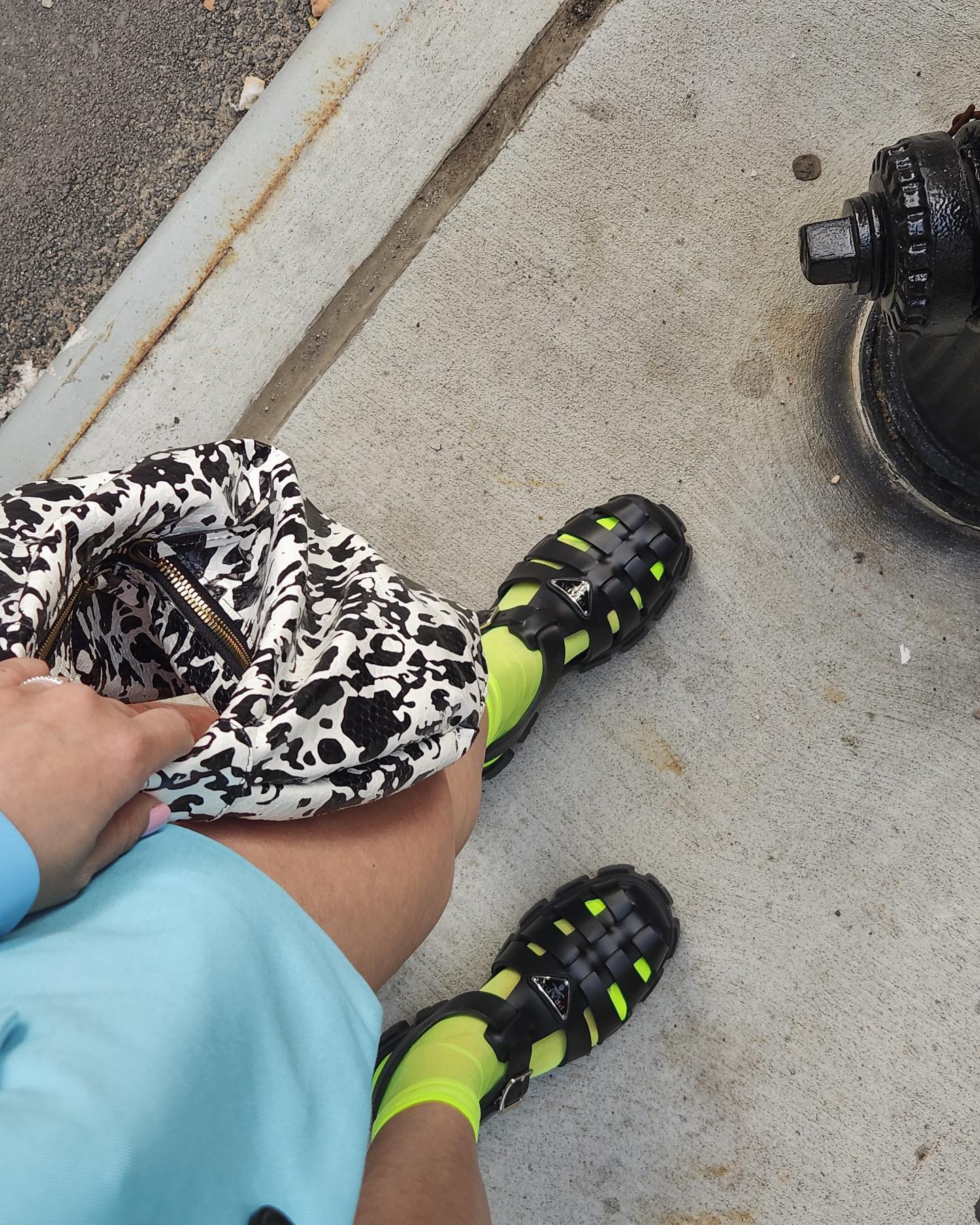

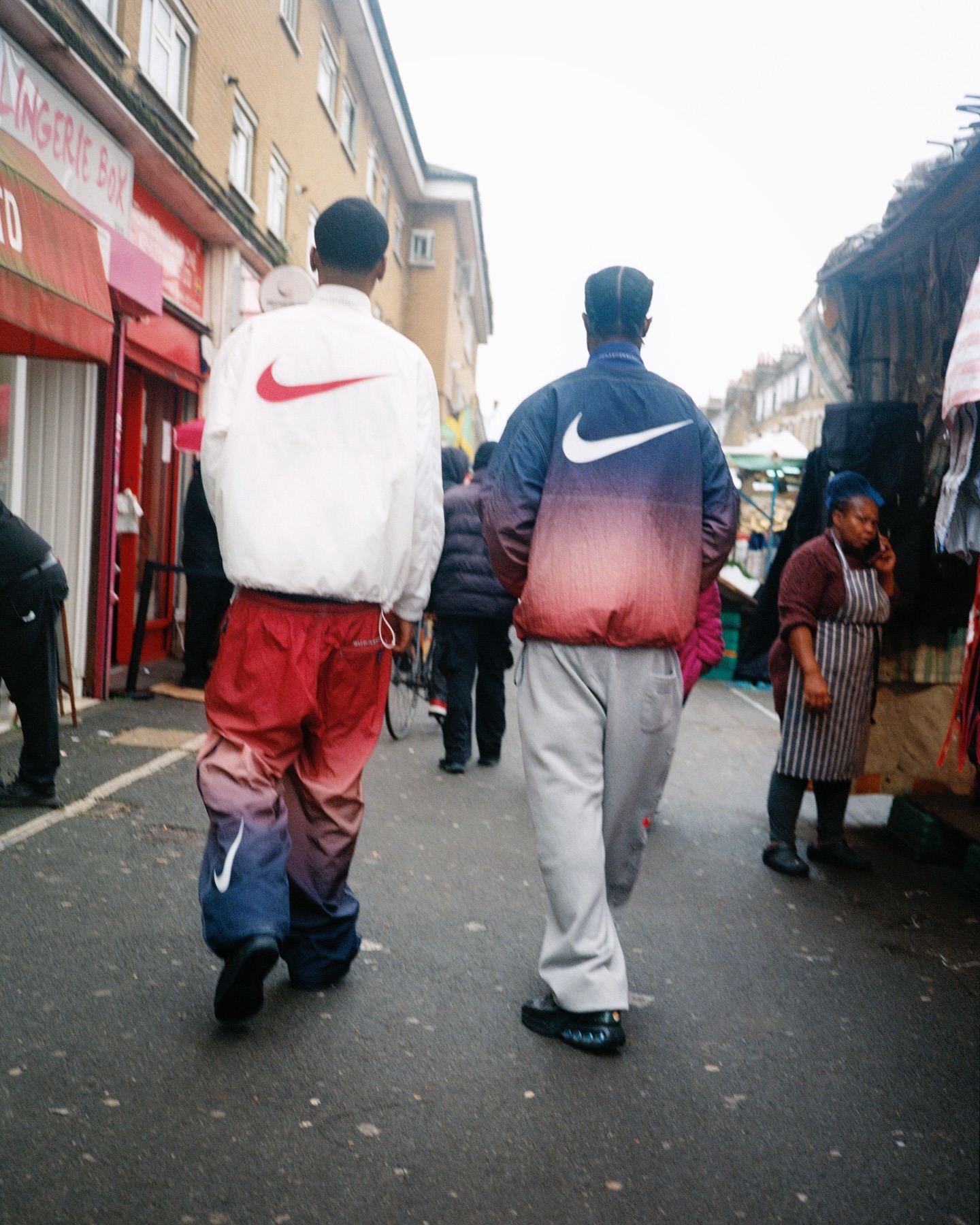
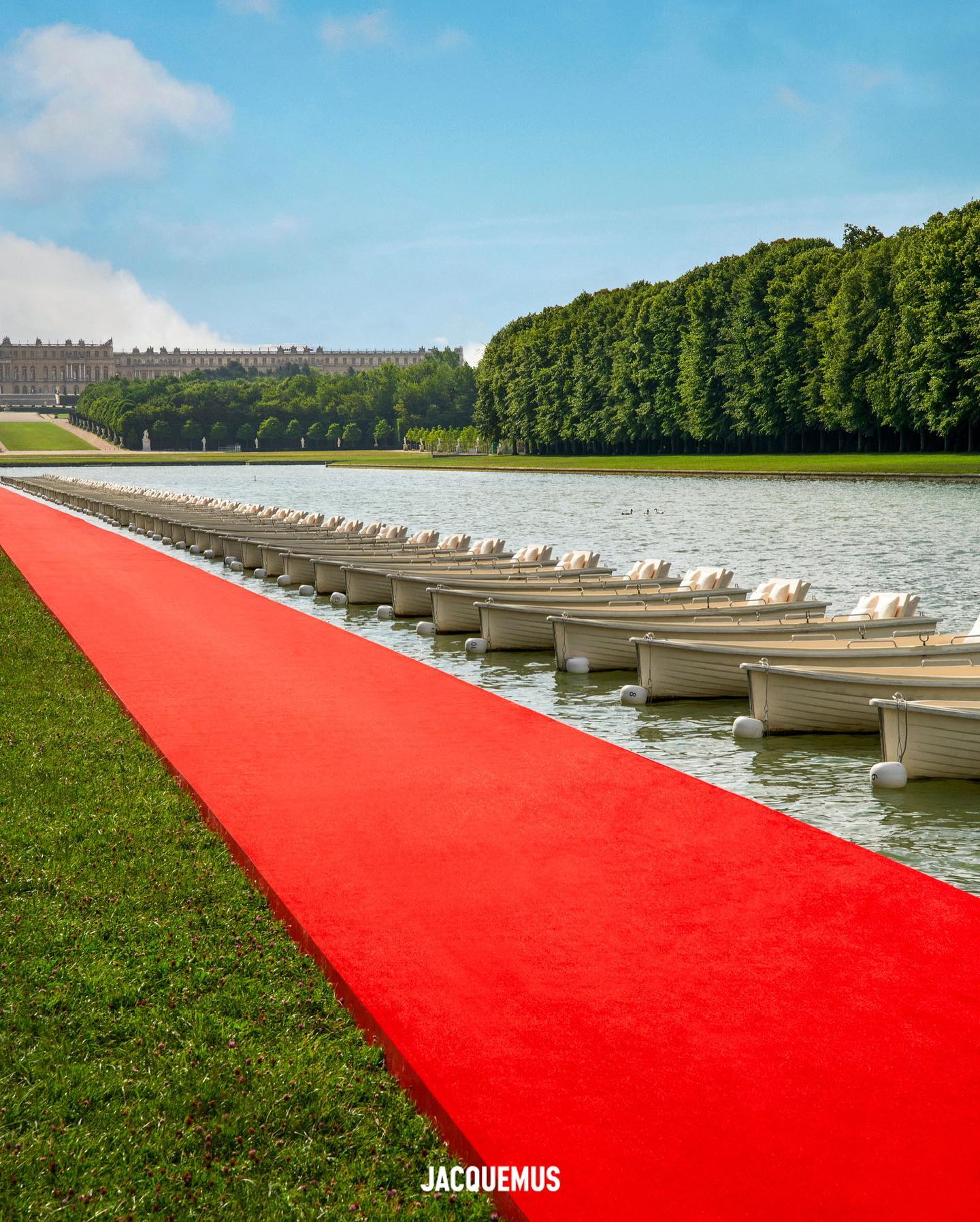
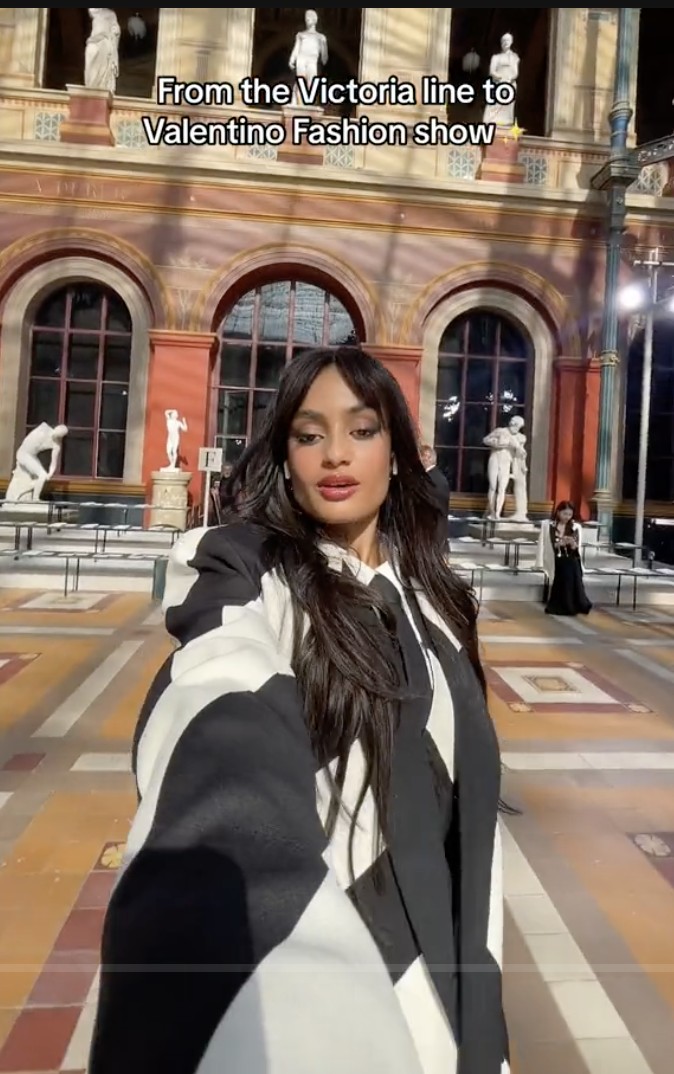
The growth of the industry is not inherently a bad thing, but the speed of that growth has not allowed it to pause and change course where needed. As a result, it was forced to happen during the pandemic when designers, luxury’s C-suite leaders, editorial directors, and brands came together to consider how change could be implemented.
One of those proposals was #rewiringfashion (facilitated by The Business of Fashion) which sought to address “(1) a fashion calendar that is out of sync with the end customer, unsustainable for industry professionals and damaging for sales and (2) a fashion show format that is outmoded.” The proposal had over 2000 supporters and was signed by 64 brands including Missoni, Isabel Marant, Oscar de la Renta, Selfridges & Co, Coperni and Gabriela Hearst. There was also the Vogue Global Conversations initiative and the Forum Letter spearheaded by Dries Van Noten, and while they were not binding or legal documents it was the first time where there had been a consensus across the industry that something needed to change.
At the time, many who had worked in the industry for decades felt that it was time to speak up and finally be heard on the way in which the system needed to be fixed. Creative director, stylist, and consultant Mary Fellowes commented “This merry-go-round of 10 weeks a year of shows is excessive, in terms of carbon footprint and the toll it takes on those who attend…I get asked by emerging brands often what they should do. I have said for decades now, whatever you do, don’t do a show”. Virgil Abloh, the late Artistic Director of Louis Vuitton Men’s and Creative Director of Off-White also said at the time “We need a formalised coalition, designers should speak to other designers, share resources, marketing etc…if our industry evolves in a way where we come together, not just for events, we should use these platforms like the CFDA (Council of Fashion Designers of America) or BFC (British Fashion Council) to create a coalition”.
A true coalition failed to emerge post-pandemic, but there was real appetite for change and an acknowledgement that something needed to shift. This realisation could still be used as a catalyst for innovators, creatives, and business leaders – i.e. Radicalists and Realists – who work at the heart of luxury’s most influential brands (whether through sheer size or cultural impact) to come together to work through what solutions can be developed which will benefit the industry as a whole.
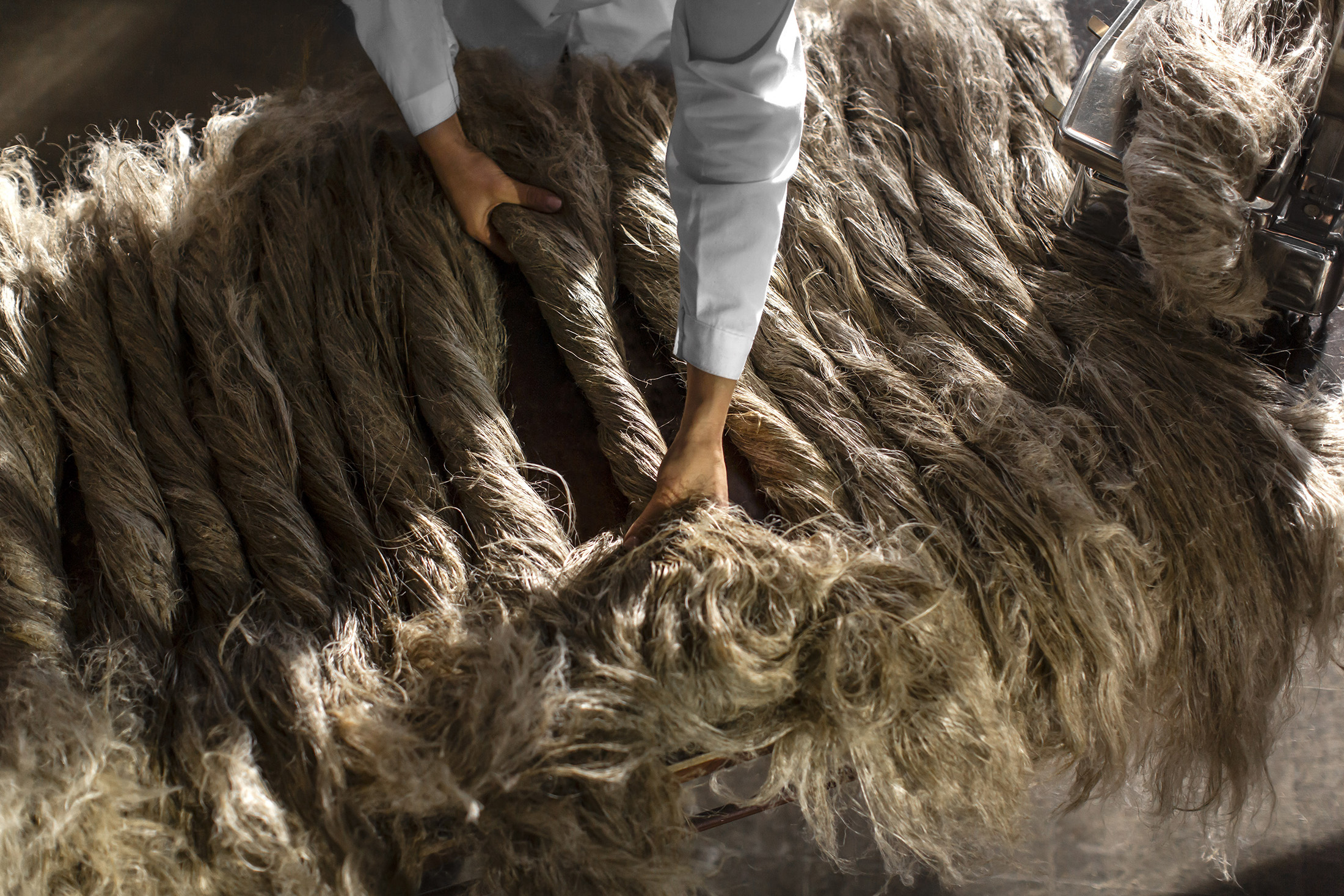
Luxury fashions forward-thinking C-Suite leaders are already planning ahead, aware that the over distribution of their most popular products – at both the entry and mid-range level – across beauty, fashion, and leather goods has resulted in over-exposure, where once their brands were synonymous with exclusivity through scarcity. Thinking ahead, degrowth is being looked to as one of the more attractive strategy’s to turn the tide of market saturation. By producing fewer products, and pivoting into the right revenue-driving, added-value offers, luxury fashion can invest in experiences which don’t require the extraction of finite raw materials or the use of cheap labour. Shrinking production levels also means a reduction of unsold products at retail, sent to outlet malls, or destroyed to retain brand integrity.
Speaking to the Financial Times, Louis Vuitton’s new CEO Pietro Beccari highlighted the need to move away from an over-reliance on their leather goods:
We are already active in lifestyle and believe we need to be about much more than just buying bags”
Pietro Beccari, CEO, Louis Vuitton
Beccari is also betting on Louis Vuitton as a house which will exist not solely as a fashion brand but also as a cultural instigator, saying “For every show Pharrell has done so far, we have always had new songs coming out…These are examples of our brand in luxury, not just in selling bags, but having an influence on culture.”
Addressing what is in effect a need for change, will put those luxury brands who choose to engage with innovative models such as degrowth at a competitive and strategic advantage. Challenging the status quo shouldn’t be a matter of obligation, it just makes business sense. By tackling the issue head-on, especially if it comes from the top level of luxury brands who are open to sharing their methods and resources, there could be powerful momentum in the right direction.
There is also evidence of consumer fatigue in the way in which they are being made to feel bad about their purchasing habits. As well as the general doom-mongering around climate change, where consumers are putting forth their best efforts to reduce, reuse and recycle but have now become acutely aware that real change needs be part of a top-down strategy. As has been reported by the European Parliament who have outlined that “The fashion industry is estimated to be responsible for 10% of global carbon emissions – more than international flights and maritime shipping combined.”
From production, to transport and end-of-life cycle the hazardous effects on the environment will only continue to grow if an upward trajectory is what the industry is solely focussed on.

Key Takeaways:
How Can Degrowth be Implemented in a Transitional Way?
As many consumers are now living through a cost-of-living crisis and re-evaluating what they chose to indulge in when it comes to their discretionary spend, for the aspirational customer luxury purchases may have already become the first causality of their list of ‘wants’. But luxury brands should approach this challenge as an opportunity to engage with their customer in a new way, as it is common knowledge that the 1% will continue to spend, the aspirational shopper should still be sought out as test-cases for the new degrowth model.

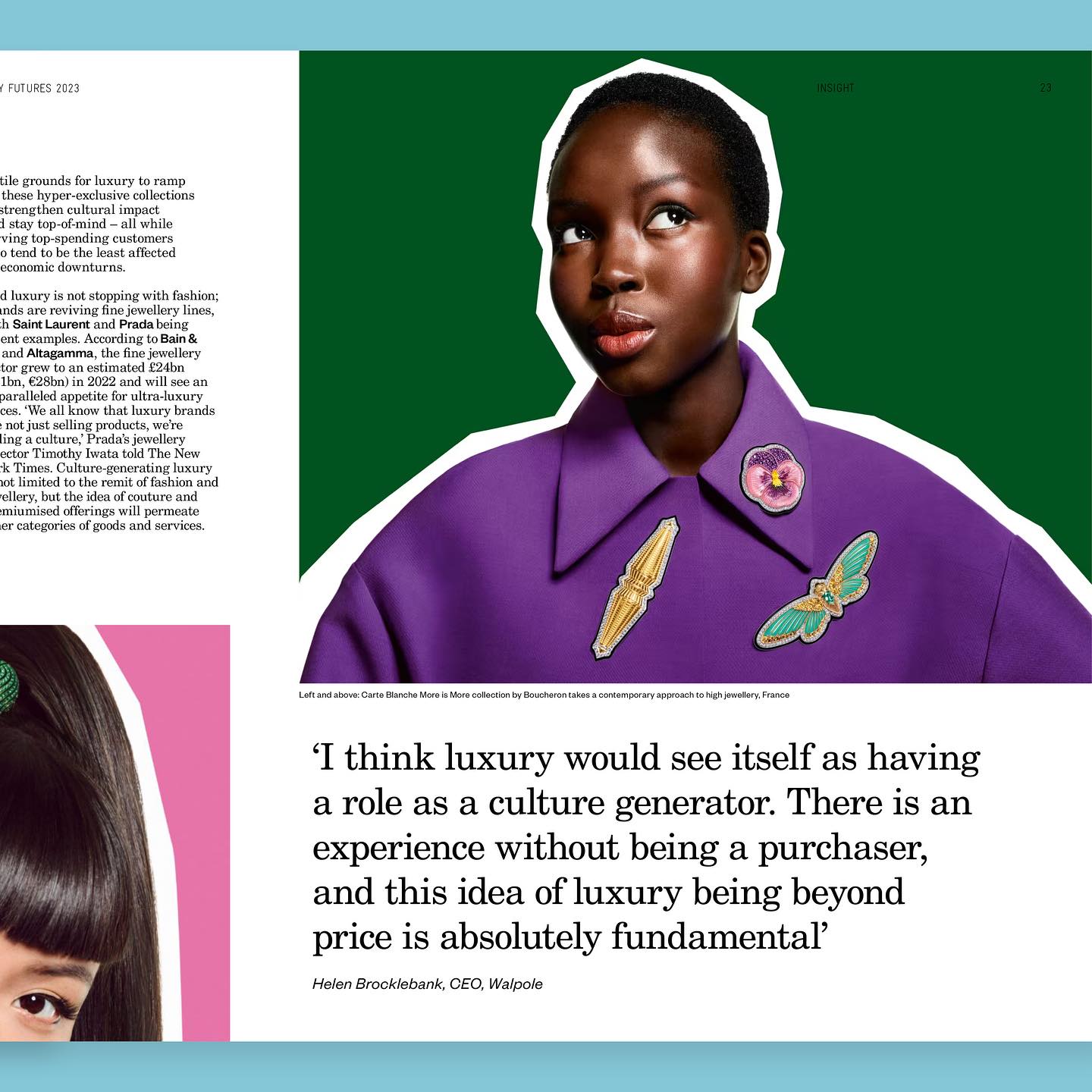
Buying into experiences has already embedded itself as part of the shift towards fashion as entertainment, which involves building a brand universe with multiple points of entry – whether or not that results in the direct purchase of a physical product, the interaction can still be transactional. Proof of concept has already been affirmed as consumers have taken to experiencing a stay at the Armani hotel, a pastry at the Prada Caffè, or learnt a new skill at Burberry’s Makers House activations during fashion week.
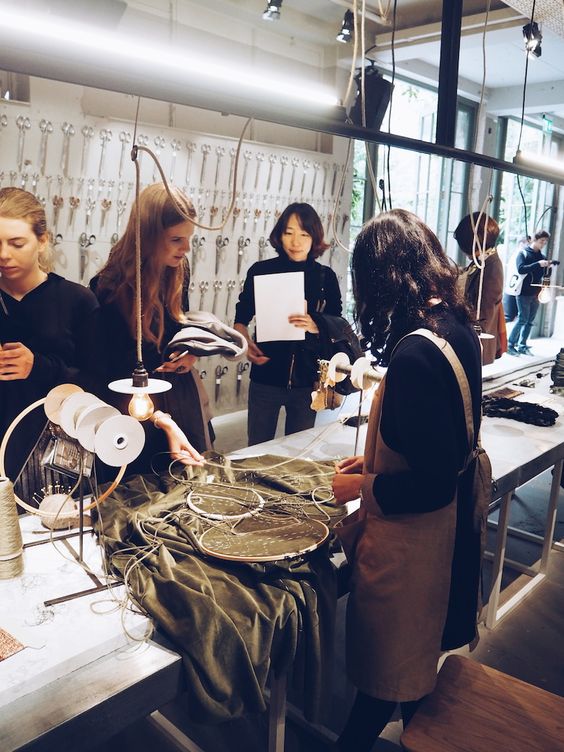
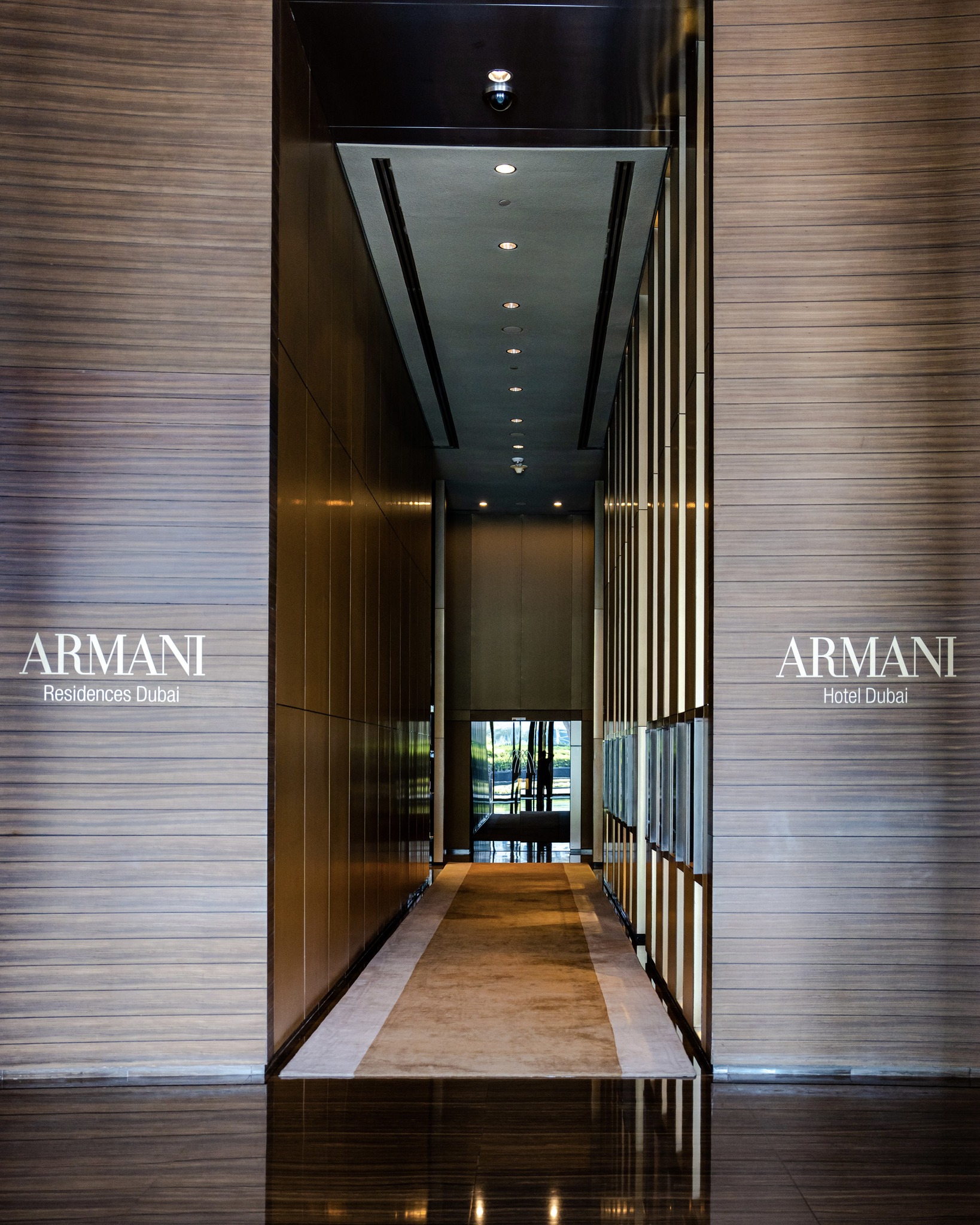

The transition to purchase-sans-product has already begun and is being fully embraced by the consumer who can partake in a brands story in a new way, without the guilt which comes with over-consumption. Creating new exchanges and building new relationships will be the next brand strategy playbook, with a focus on adding value, maintaining brand perception, and driving revenue.
Strategic foresight consultancy The Future Laboratory’s report titled Practical Paths to Planet Positive Luxury spoke to Diana Verde Nieto, author of Reimagining Luxury who “rejects the assumption that luxury is traditional, claiming that the sector is an innovation hotbed that is sometimes likened to tradition by amalgamating heritage. But in reality, luxury inspires pioneers, making it a prime breeding ground for marrying desirability with responsibility.”
Luxury brands can adopt several strategies for implementing the concept of degrowth to remain relevant and maintain their brand perception, while engaging with consumers in new, sustainable ways.
Here are five areas to start investigating as a way to implement degrowth:
- Embrace Experiential Luxury: Transitioning from product-focused offerings to experience-based engagements will allow brands to create lasting memories without contributing to overconsumption. For instance, luxury brands can develop unique experiences such as stays at branded hotels, special events, or exclusive classes, workshops, and conferences for business leaders. This approach helps maintain brand loyalty and consumer engagement without the necessity of purchasing a physical product.
- Build Out a Brand Universe: Developing a comprehensive brand universe with multiple points of entry will allow consumers to interact with your brand in diverse ways. This can include branded cafes, immersive brand experiences, or digital content platforms. Such interactions, even when they don’t result in immediate purchases, help in building deeper connections.
- Promote Conscious Consumption: Encouraging consumers to engage in conscious consumption helps in aligning the brand with sustainable practices. By offering products and experiences that emphasize sustainability and ethical consumption, luxury brands can appeal to the growing segment of environmentally conscious consumers. This approach not only enhances the brand’s image but also contributes positively to global sustainability efforts.
- Create New Exchanges: Developing new forms of transactional interactions that do not necessarily involve physical products can add significant value. For example offering subscription services, exclusive digital content, or virtual reality experiences that allow consumers to enjoy the brand without owning physical items. This can open up new revenue streams while maintaining aspirational allure.
- Focus on Reducing Over-Production as a Long-term Goal: Transitioning towards a model that prioritizes products with purpose and reducing distribution at retail to maintain – and in some cases regain – exclusivity should be a strategy for all luxury brands, whether emerging or established. Gradually implementing various aspects of the degrowth model by ensuring each products relevance in the brand eco-system, as well as its long-term appeal to future generations. Helping to create a wider consumer mindset shift which embraces the idea of brands producing less (a sold out sign or the reality of when its gone, its gone should be reintroduced), which at the luxury level equates to a reduction in market saturation and a return to desirability through true exclusivity, which will appeal to their long-term loyal customer base.
- Challenge the Current Retail Calendar: Consider introducing new collections in more meaningful ways by shifting to in-season deliveries which align with customer shopping habits and their expectations of when summer or winter product should be in-store. Couple with contracted discounting periods – during the natural seasonal changeover – encouraging increased sales at full price and purchasing for longevity.
These strategies will enable luxury brands to stay relevant in a changing market while promoting sustainability and conscious consumption, ultimately benefiting both the brand and the consumer.
